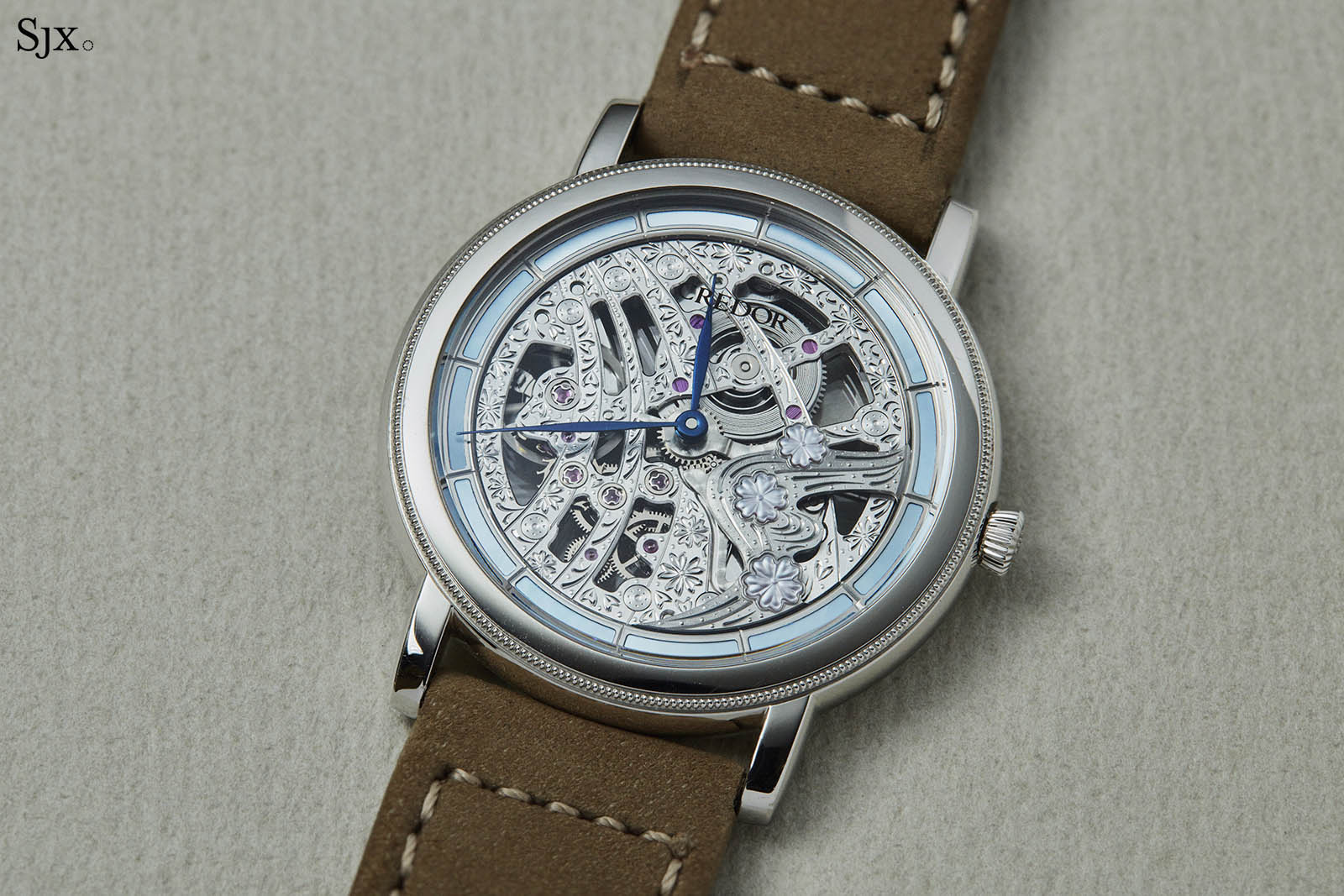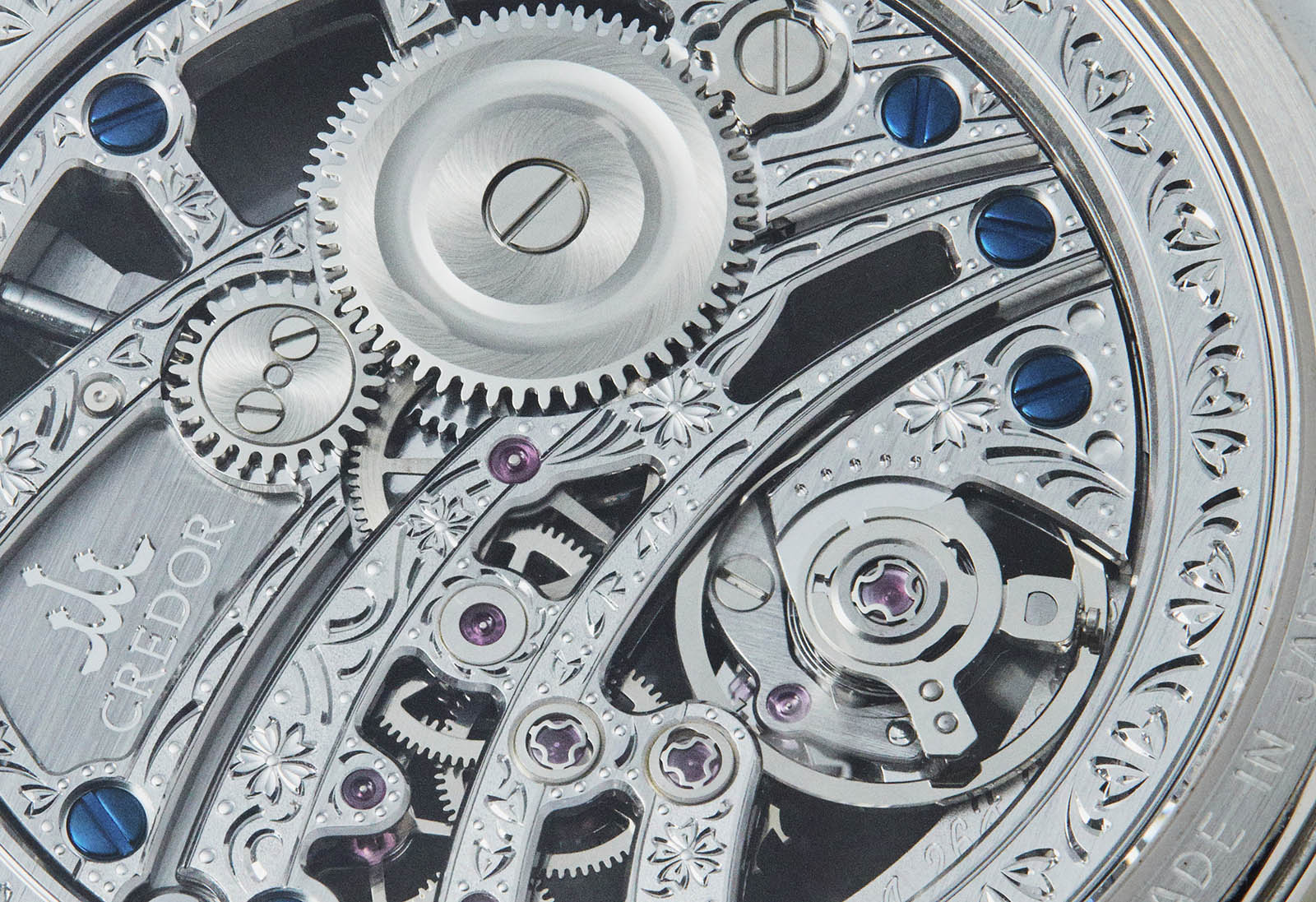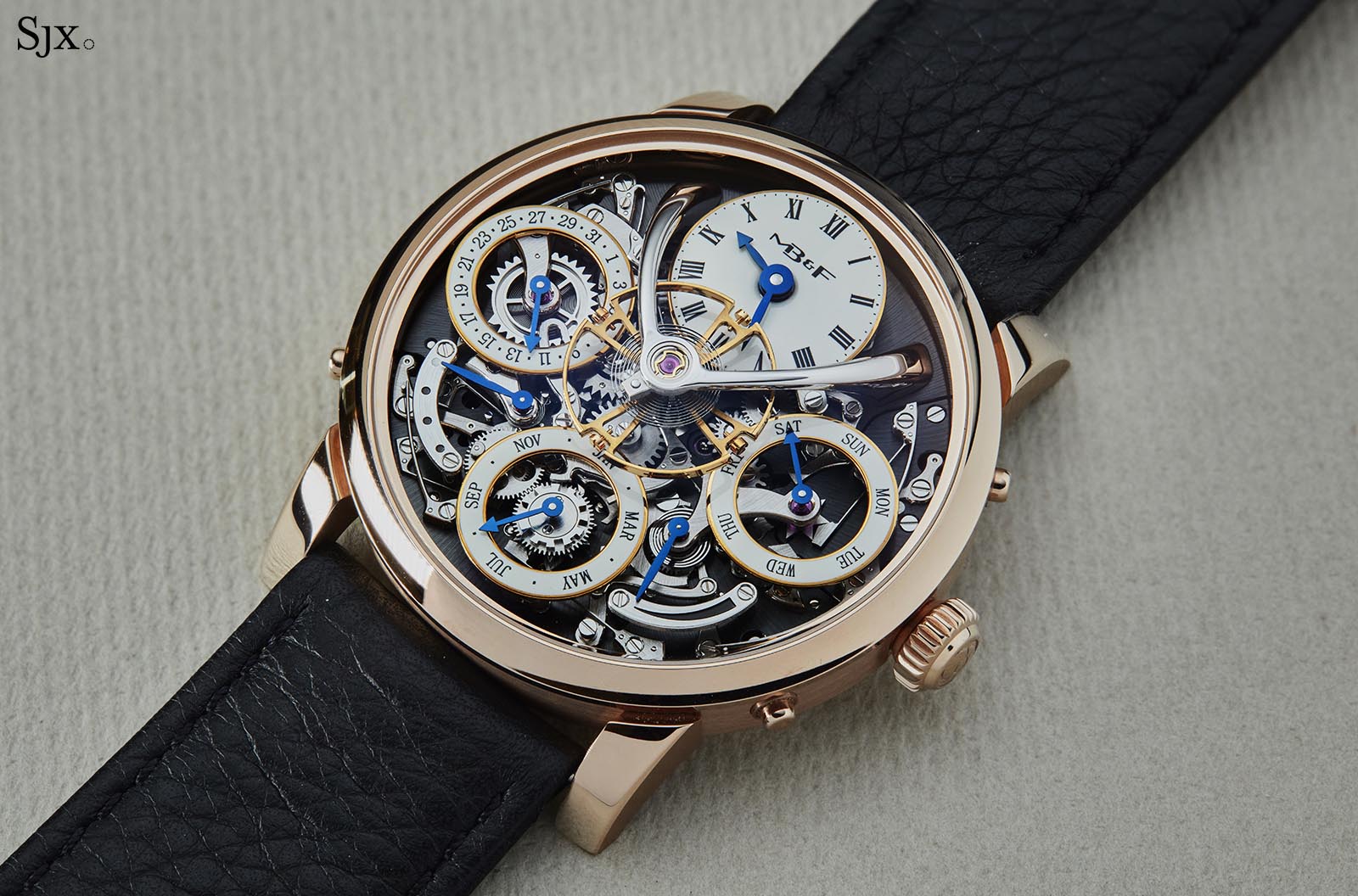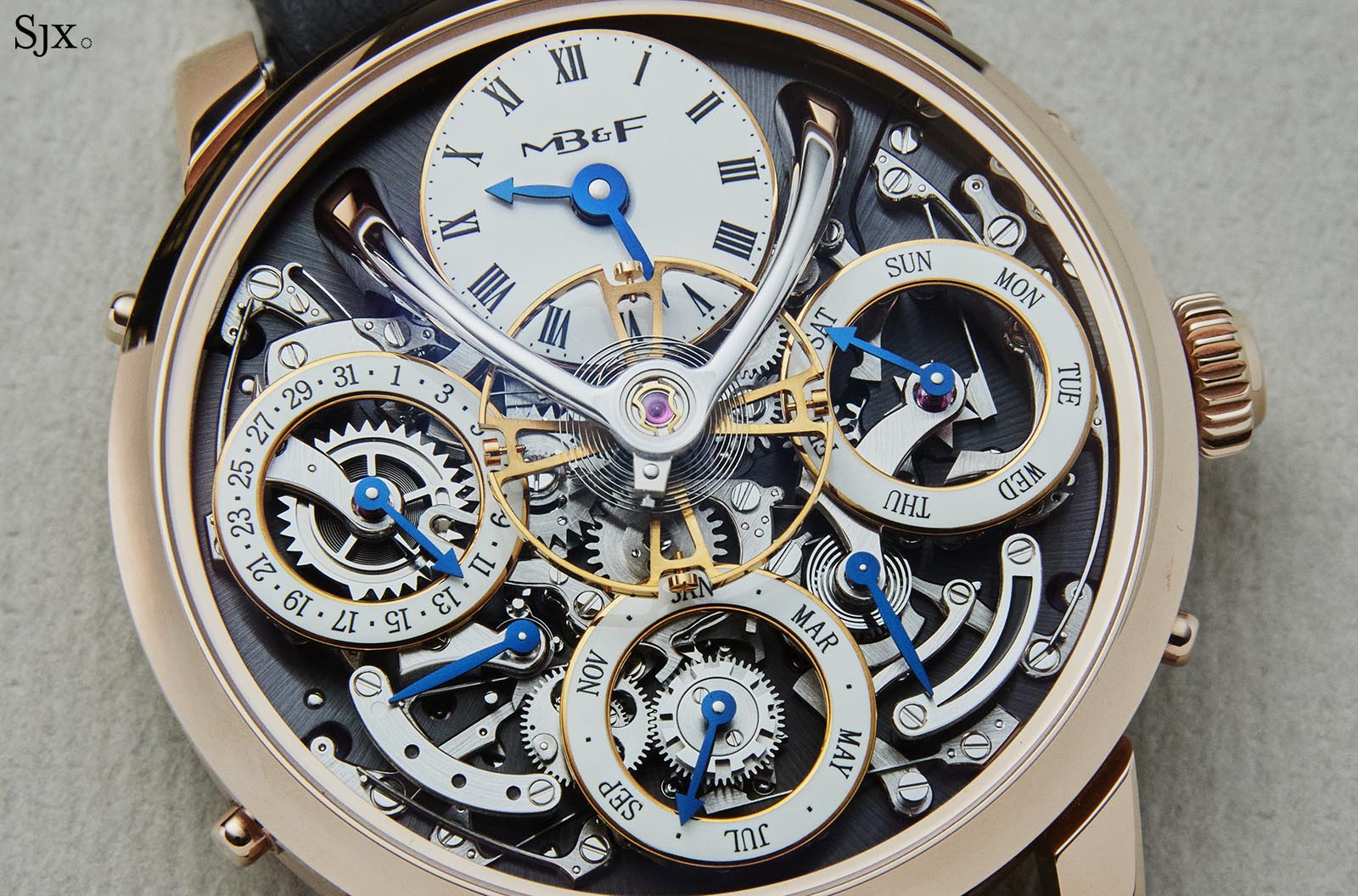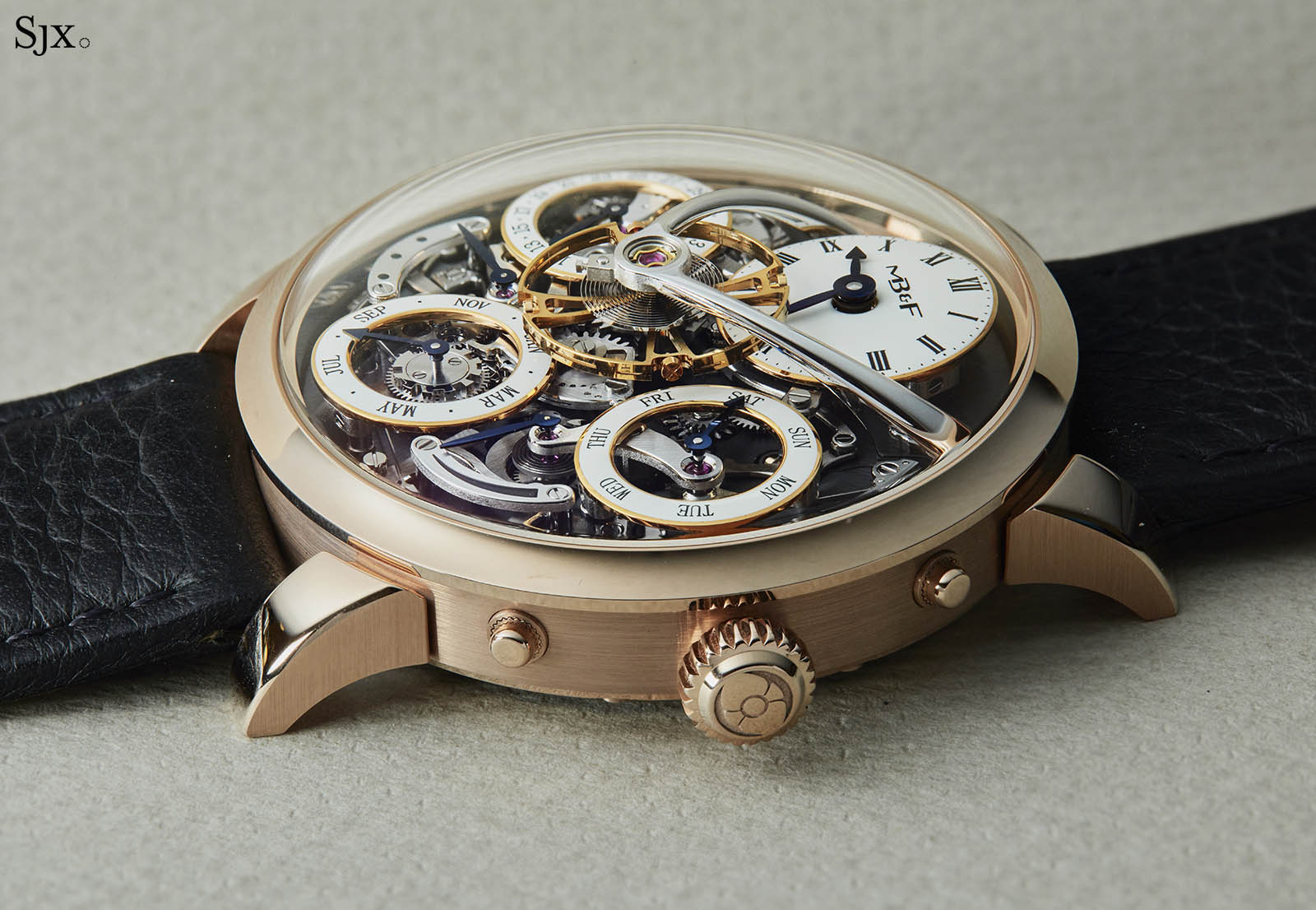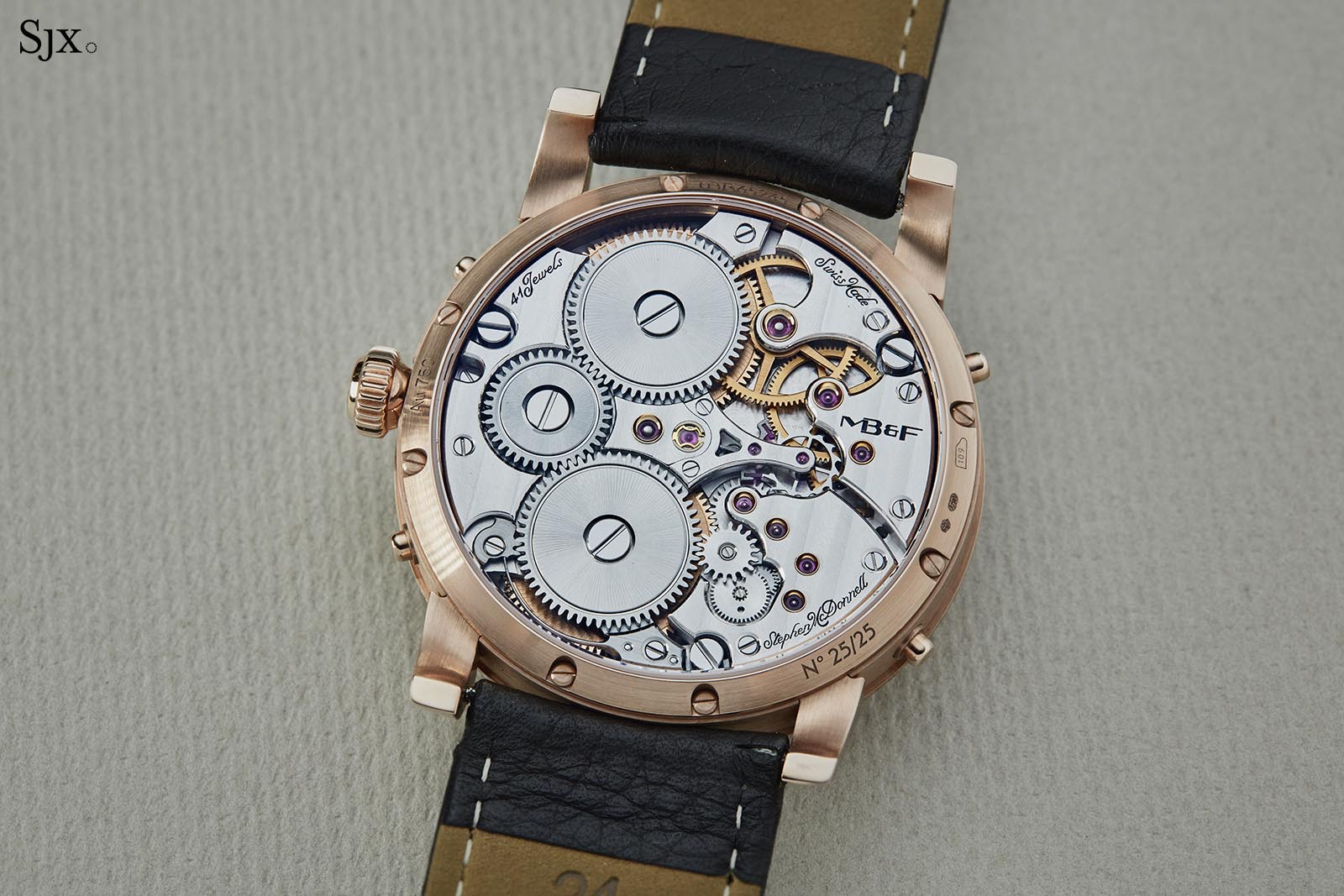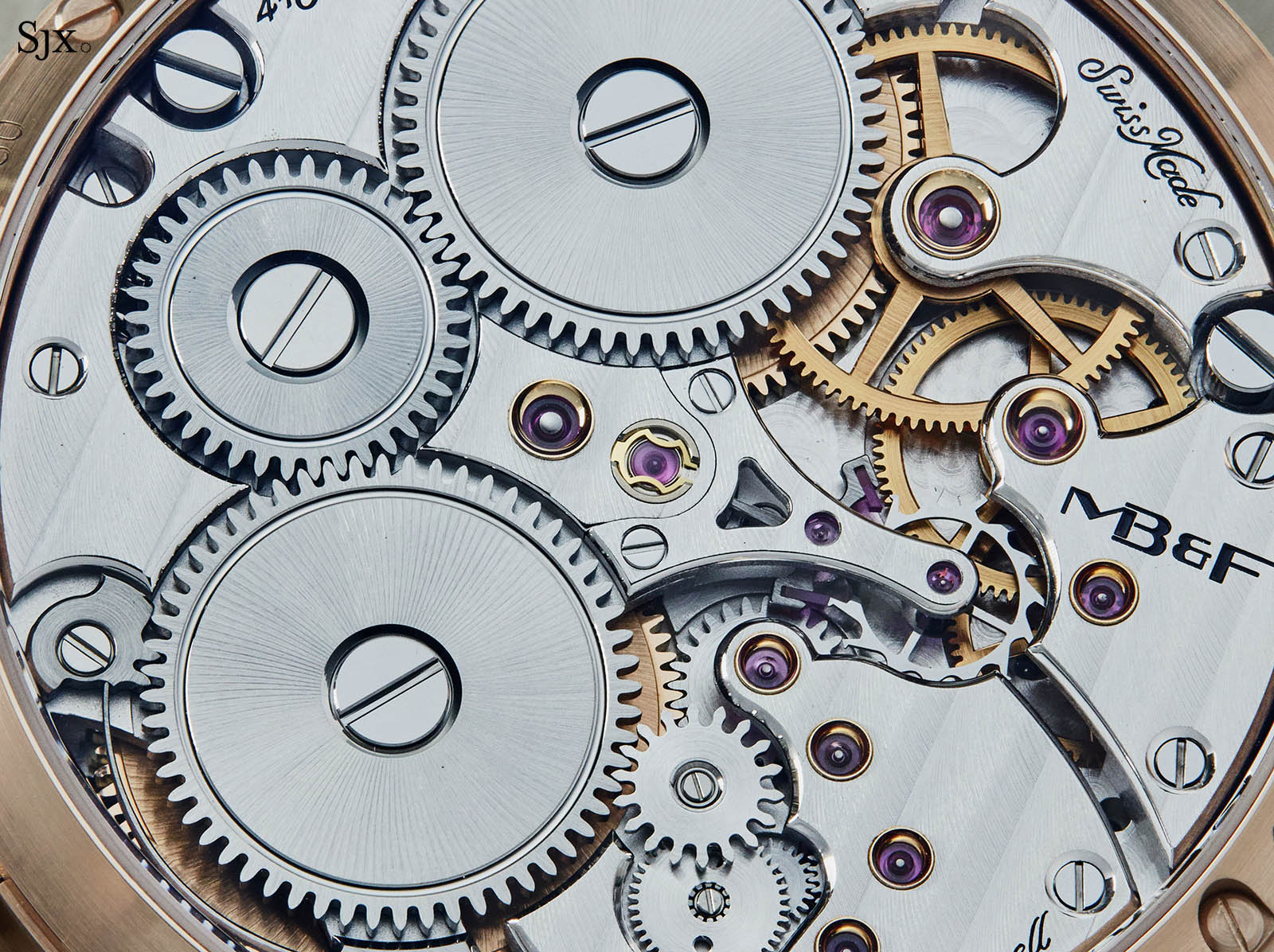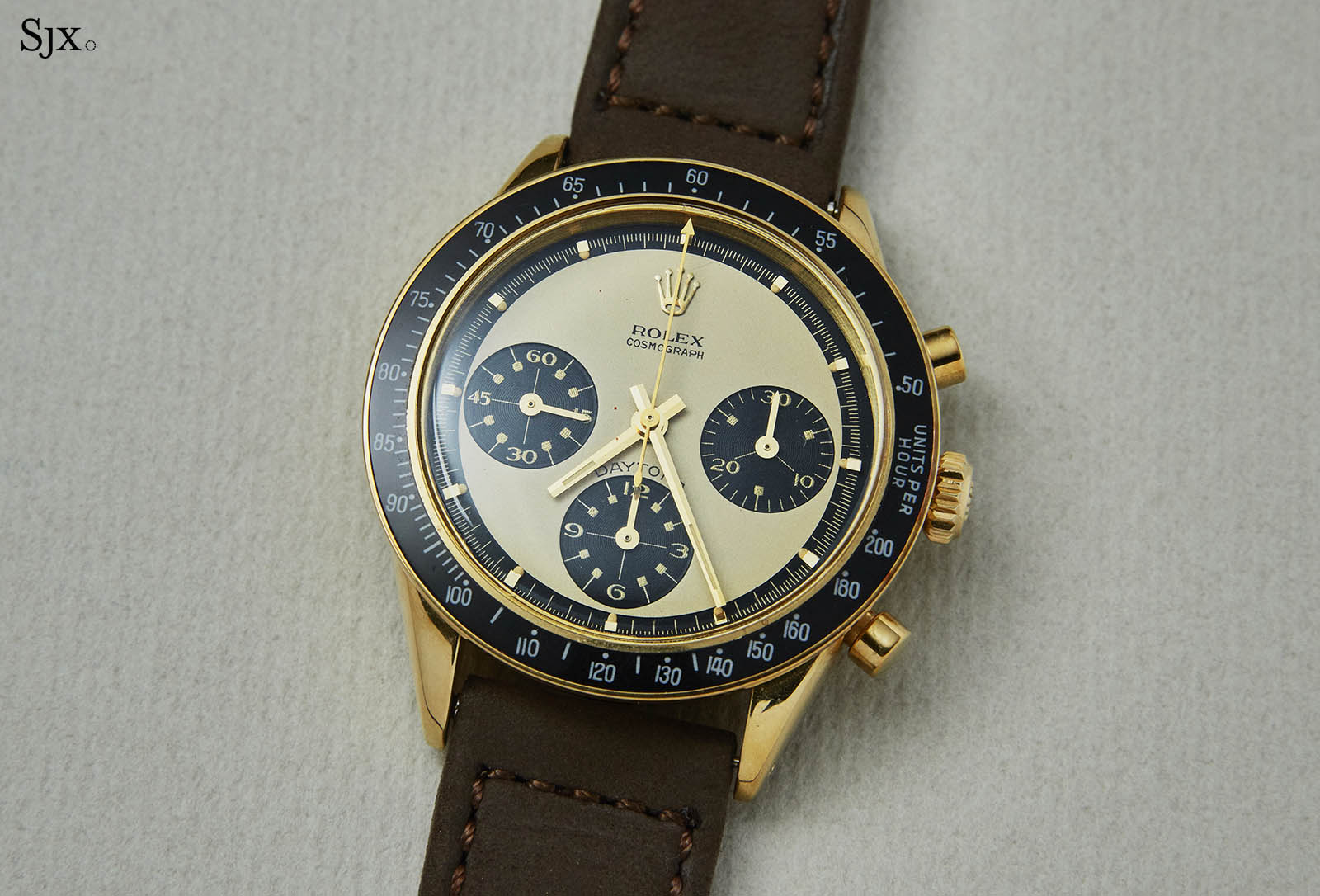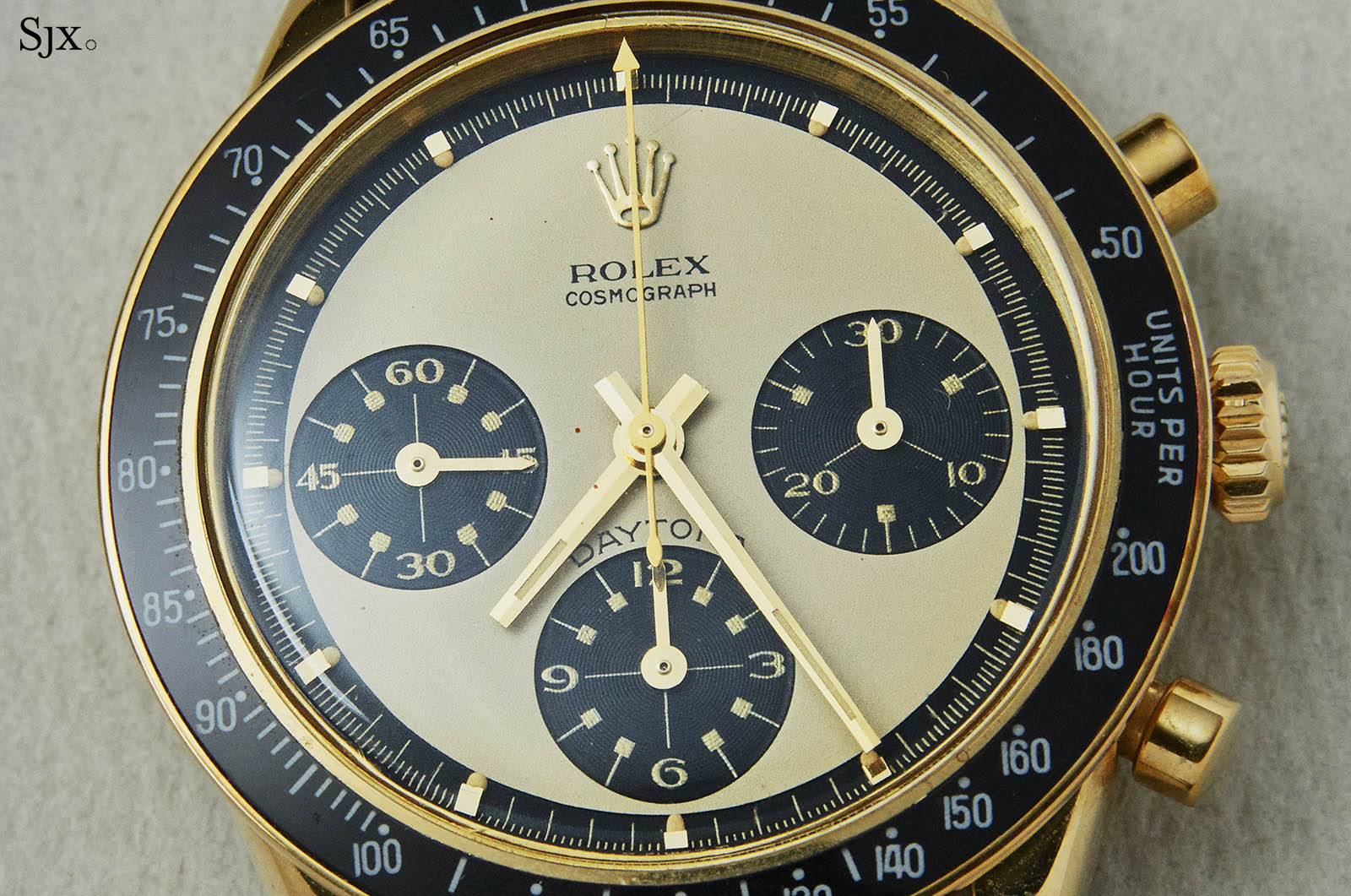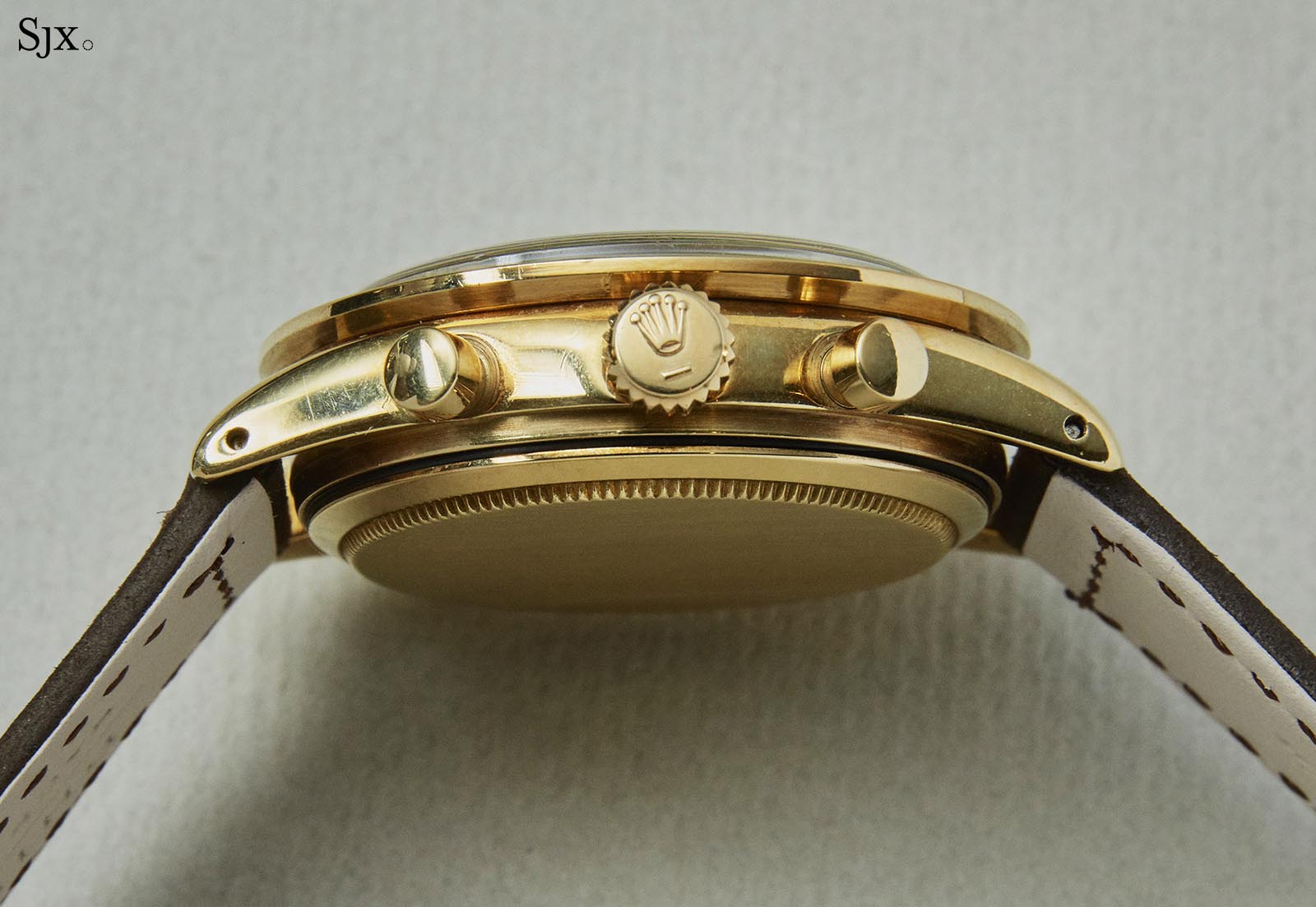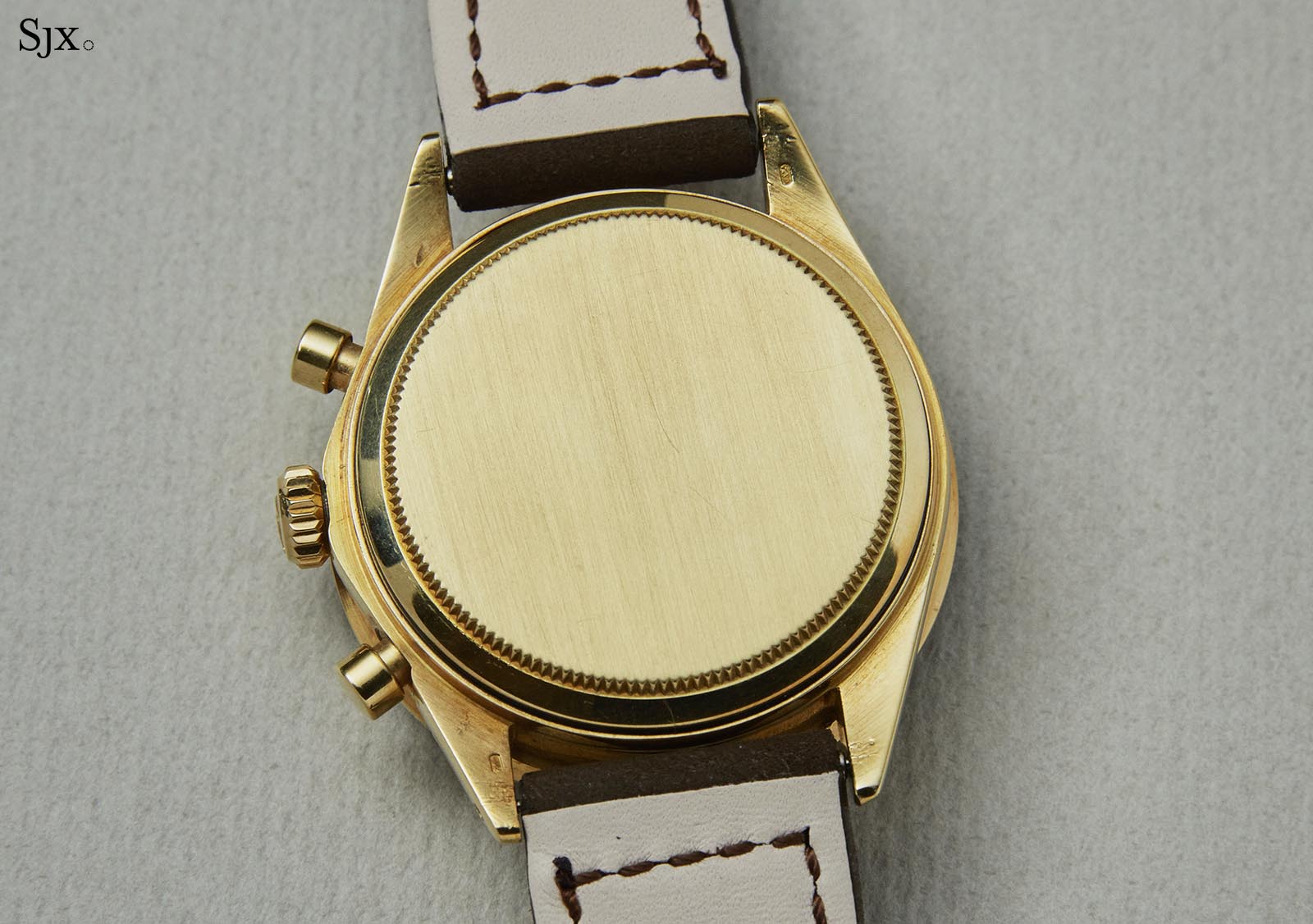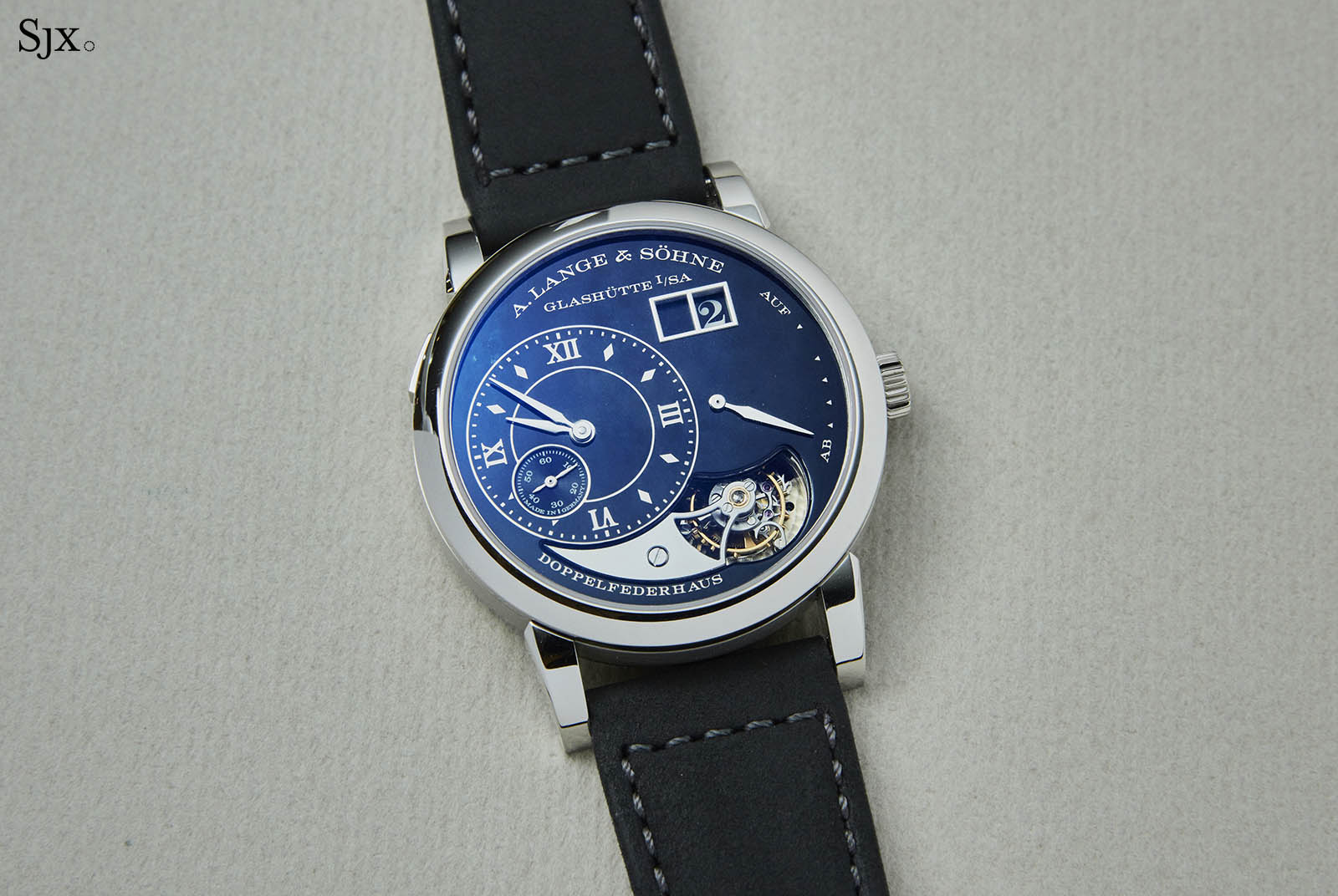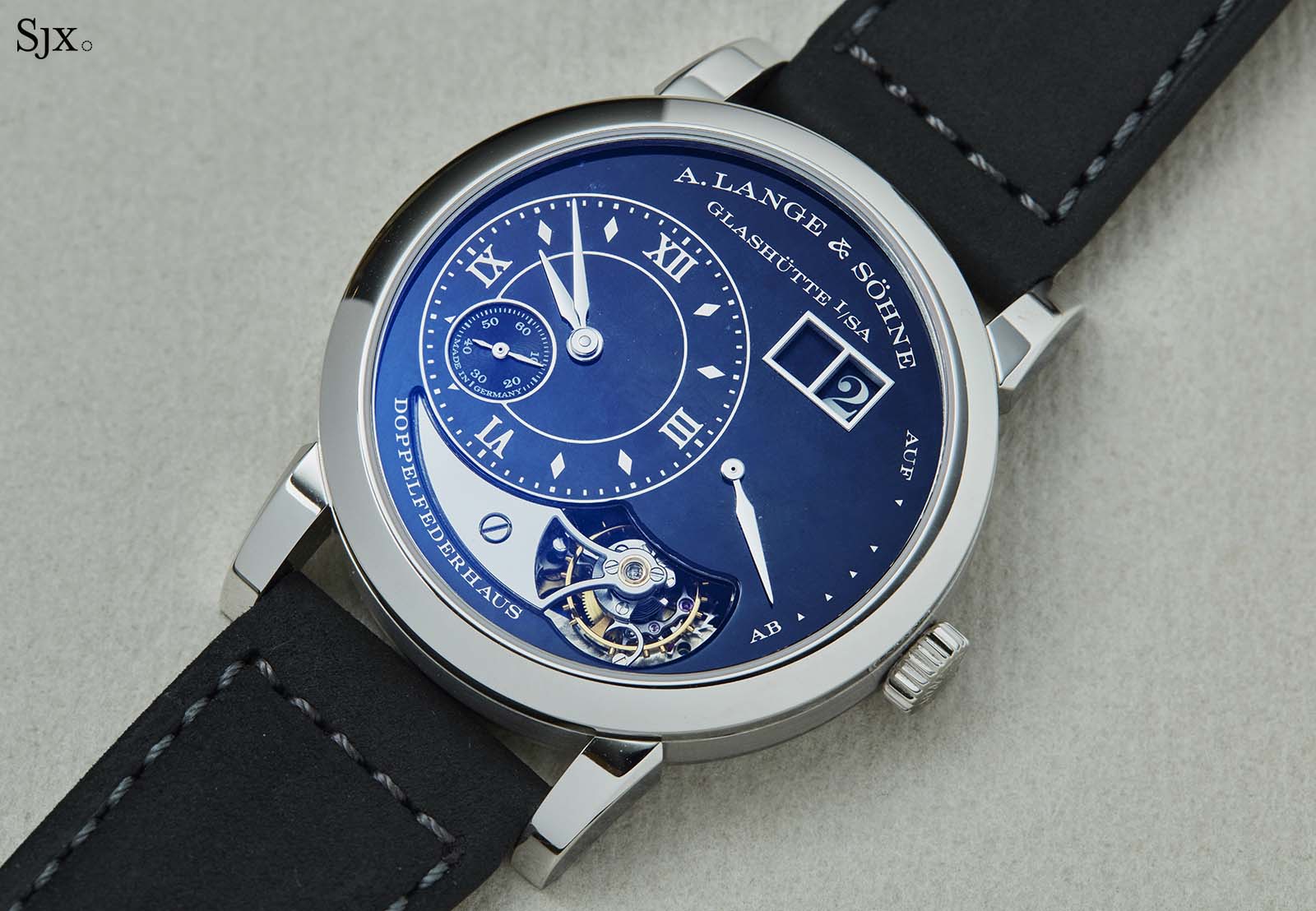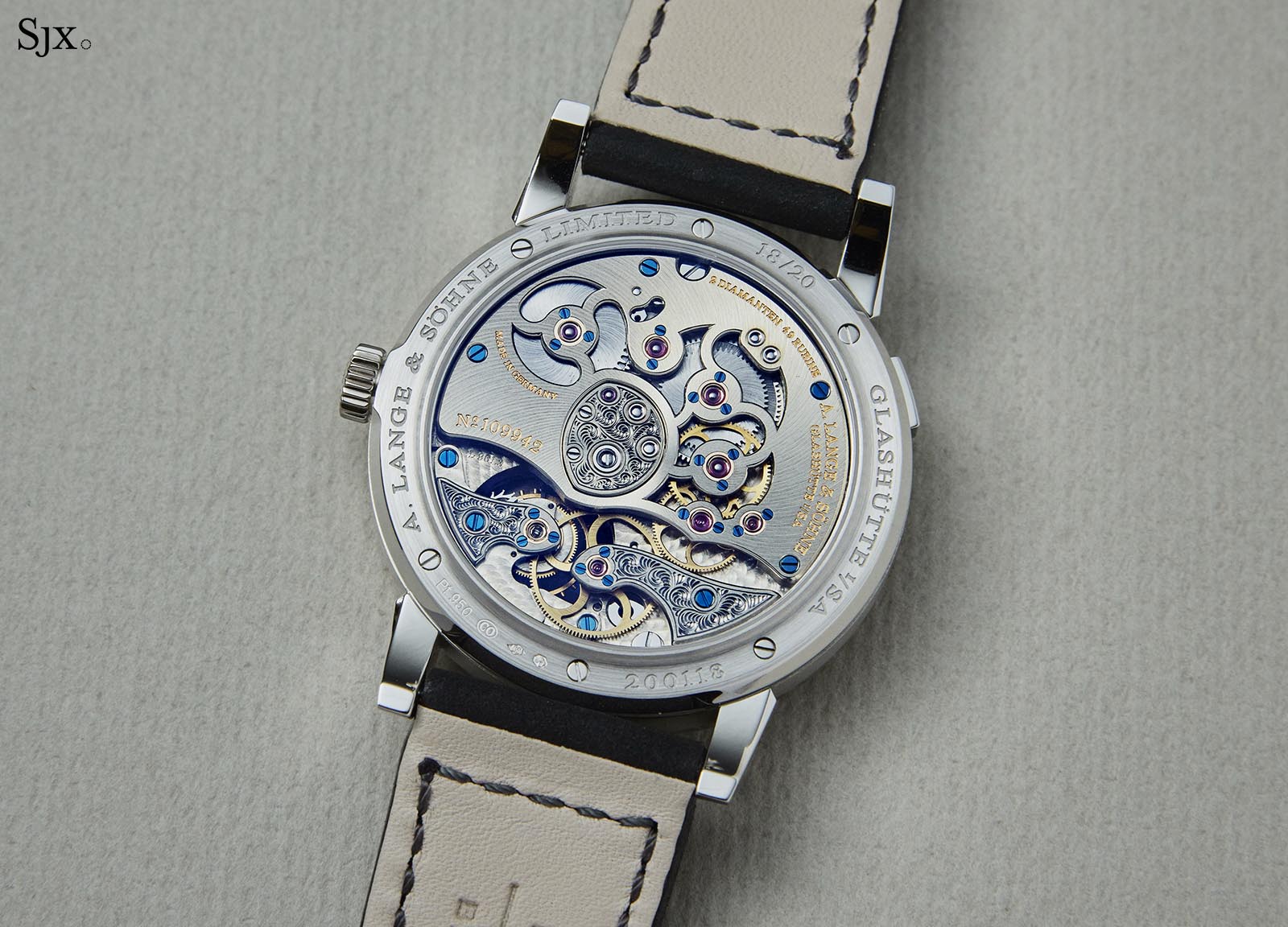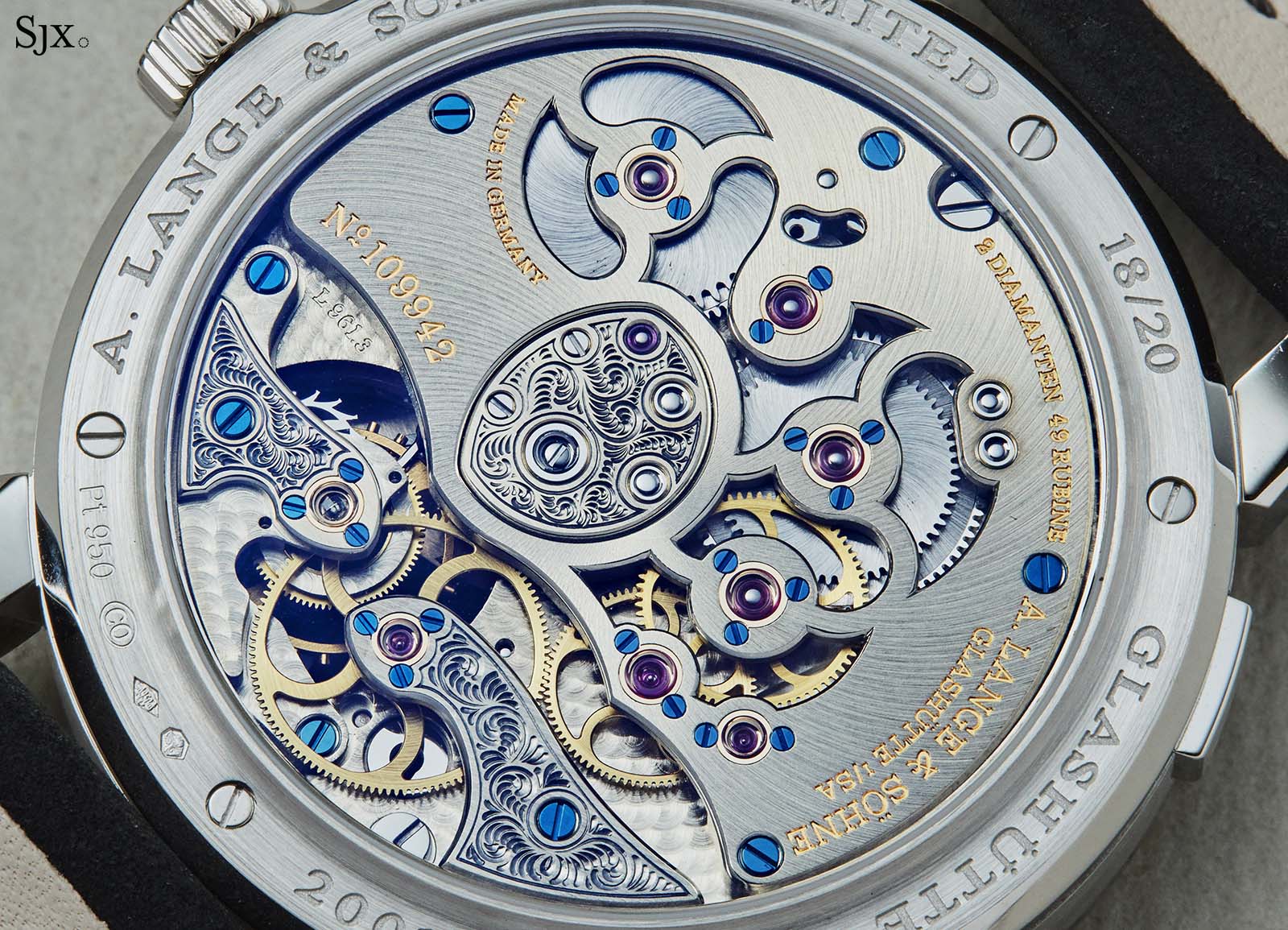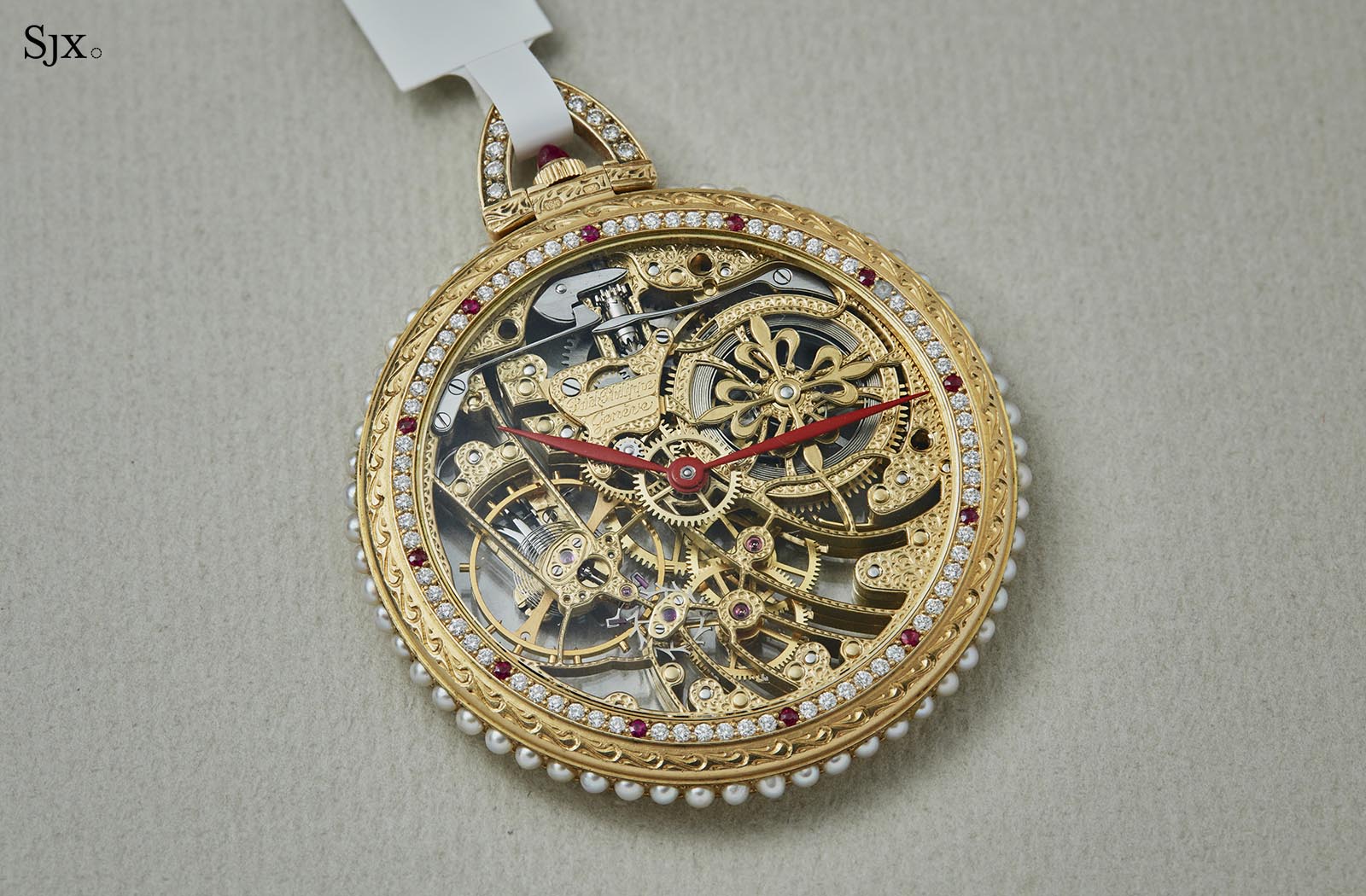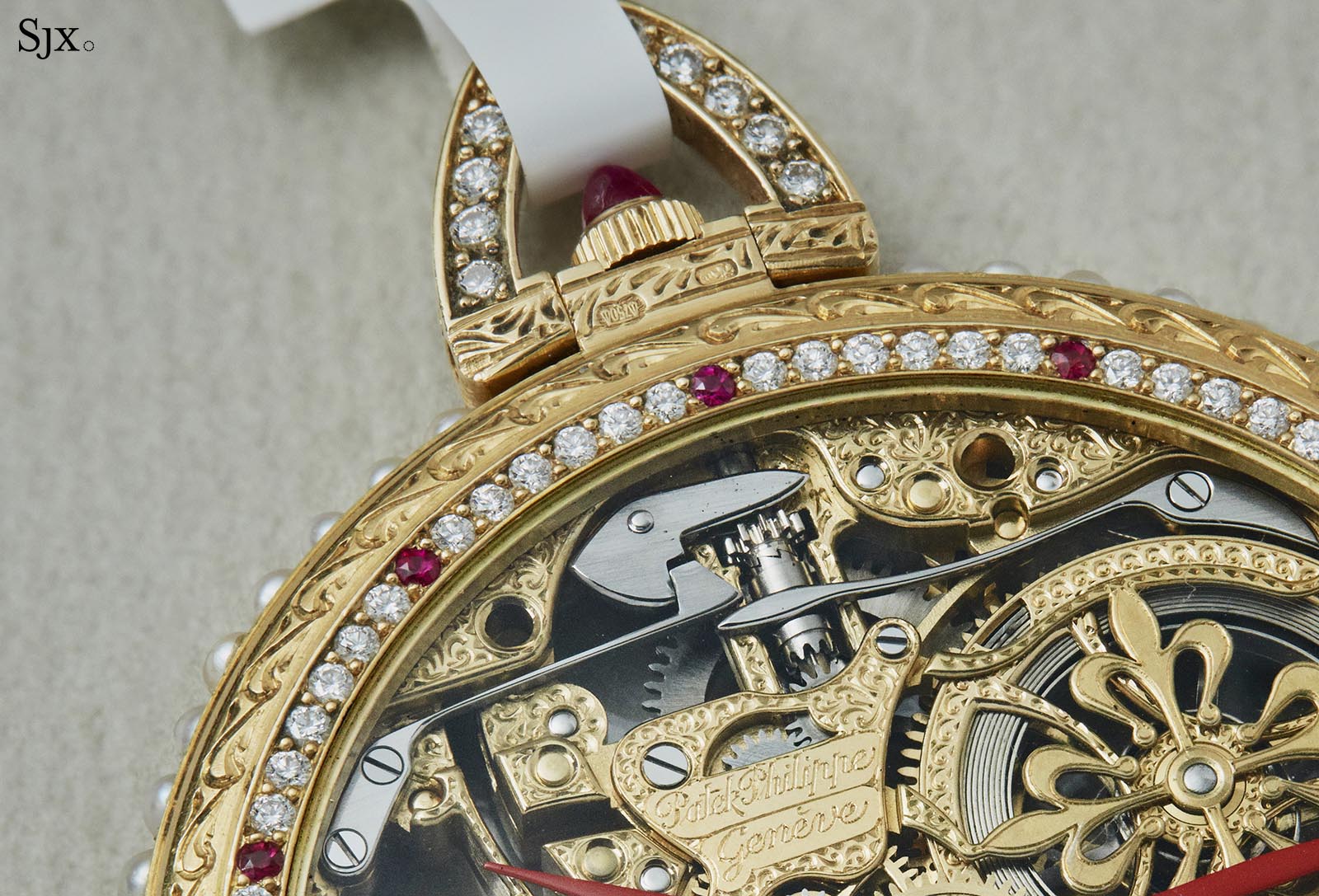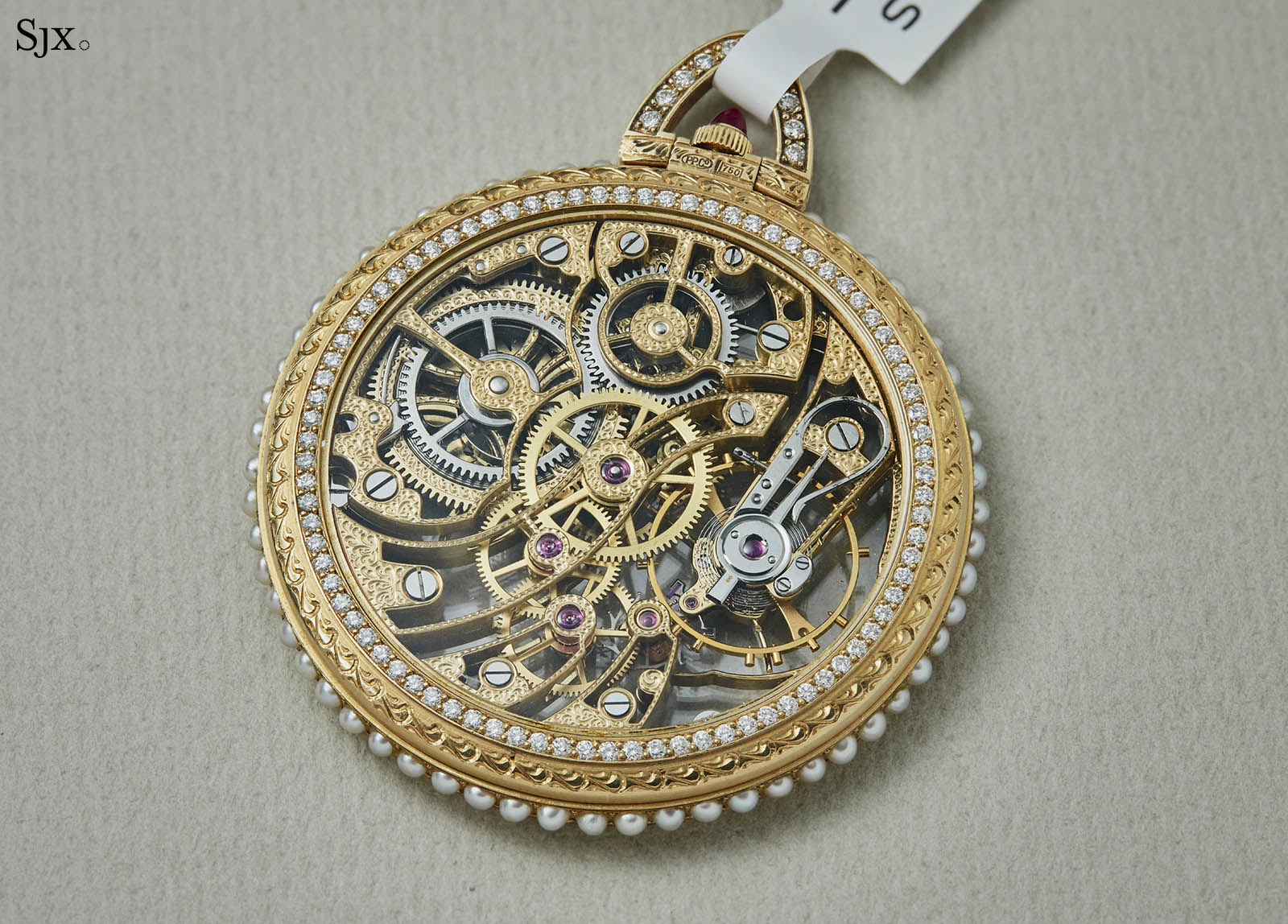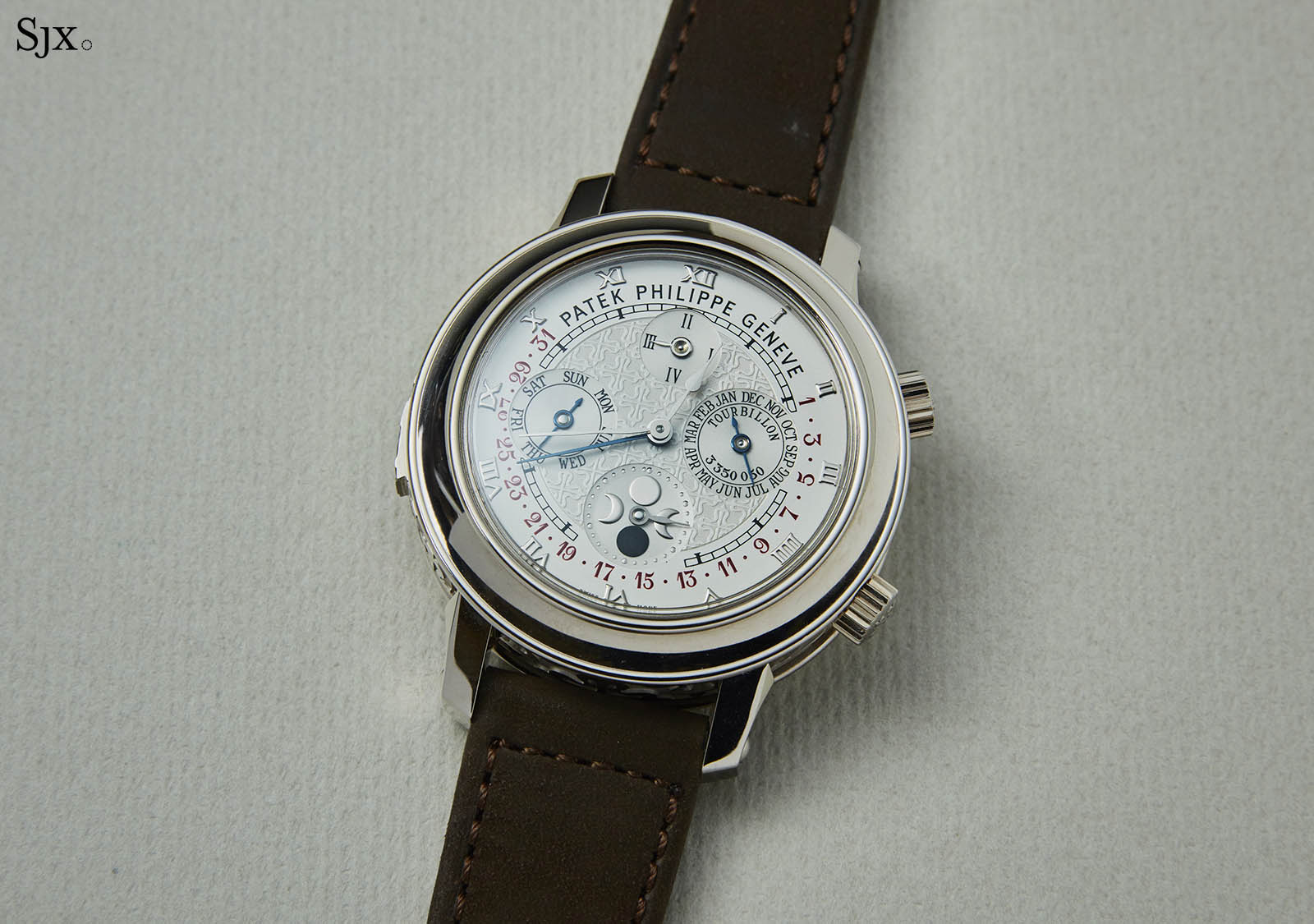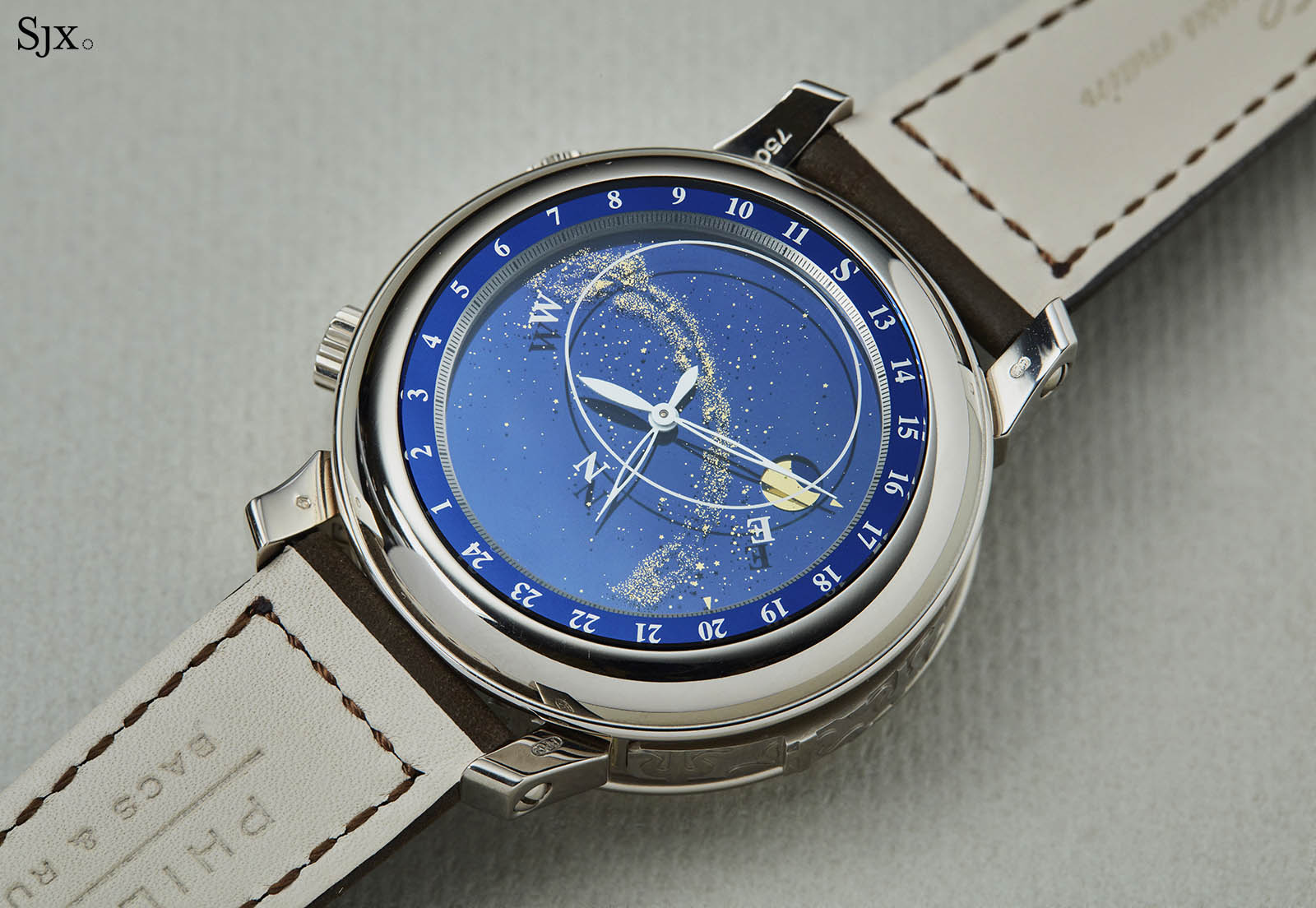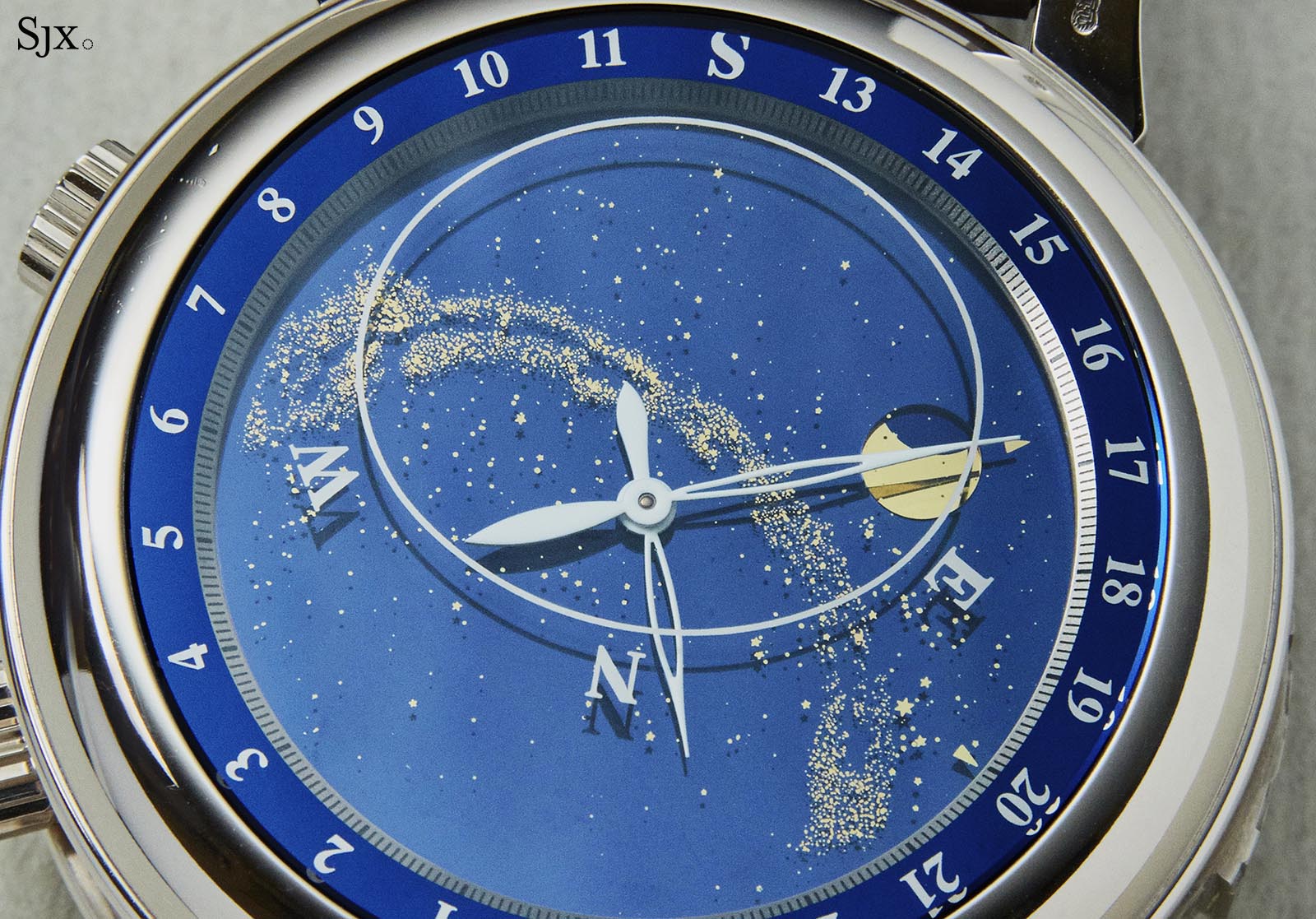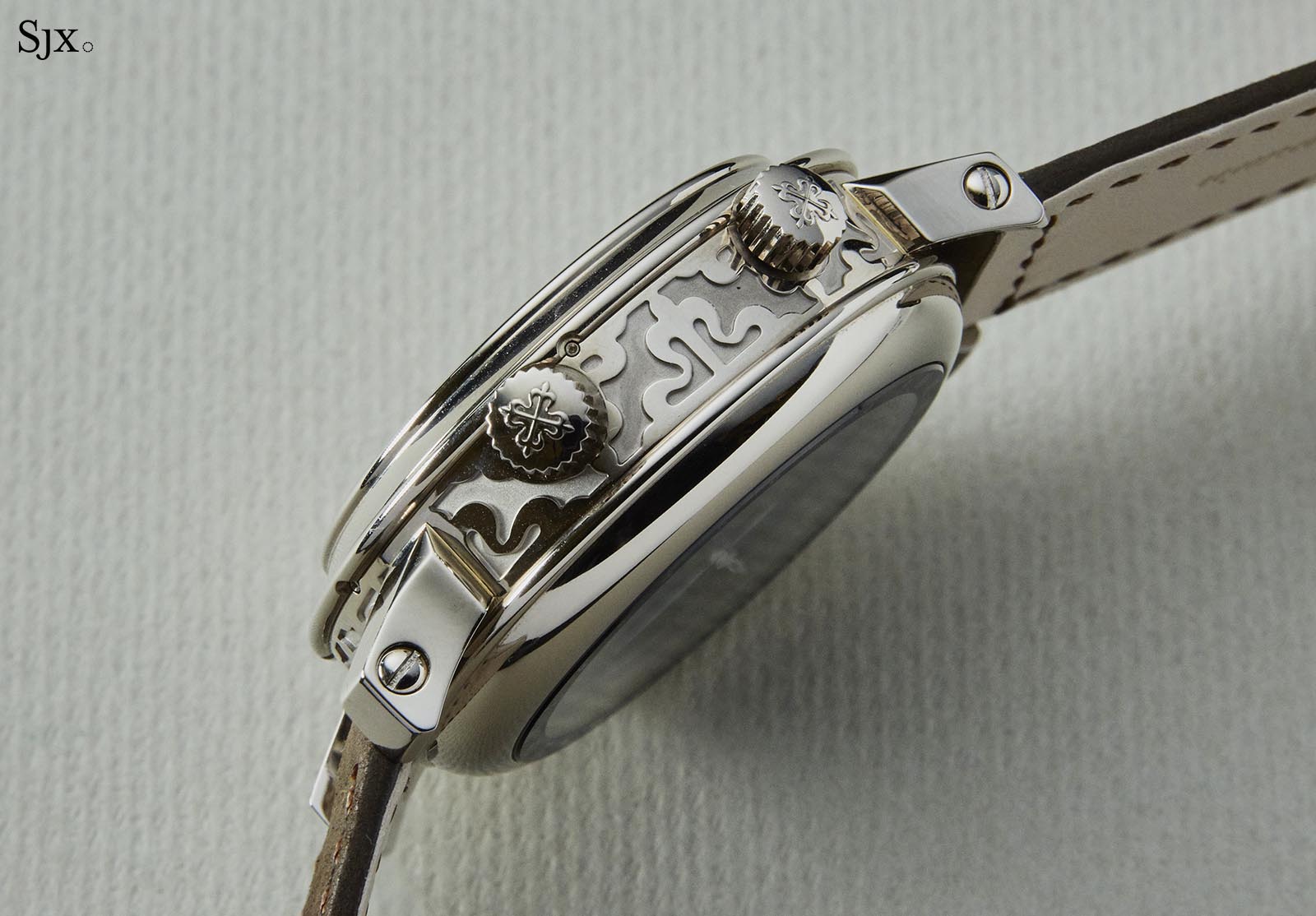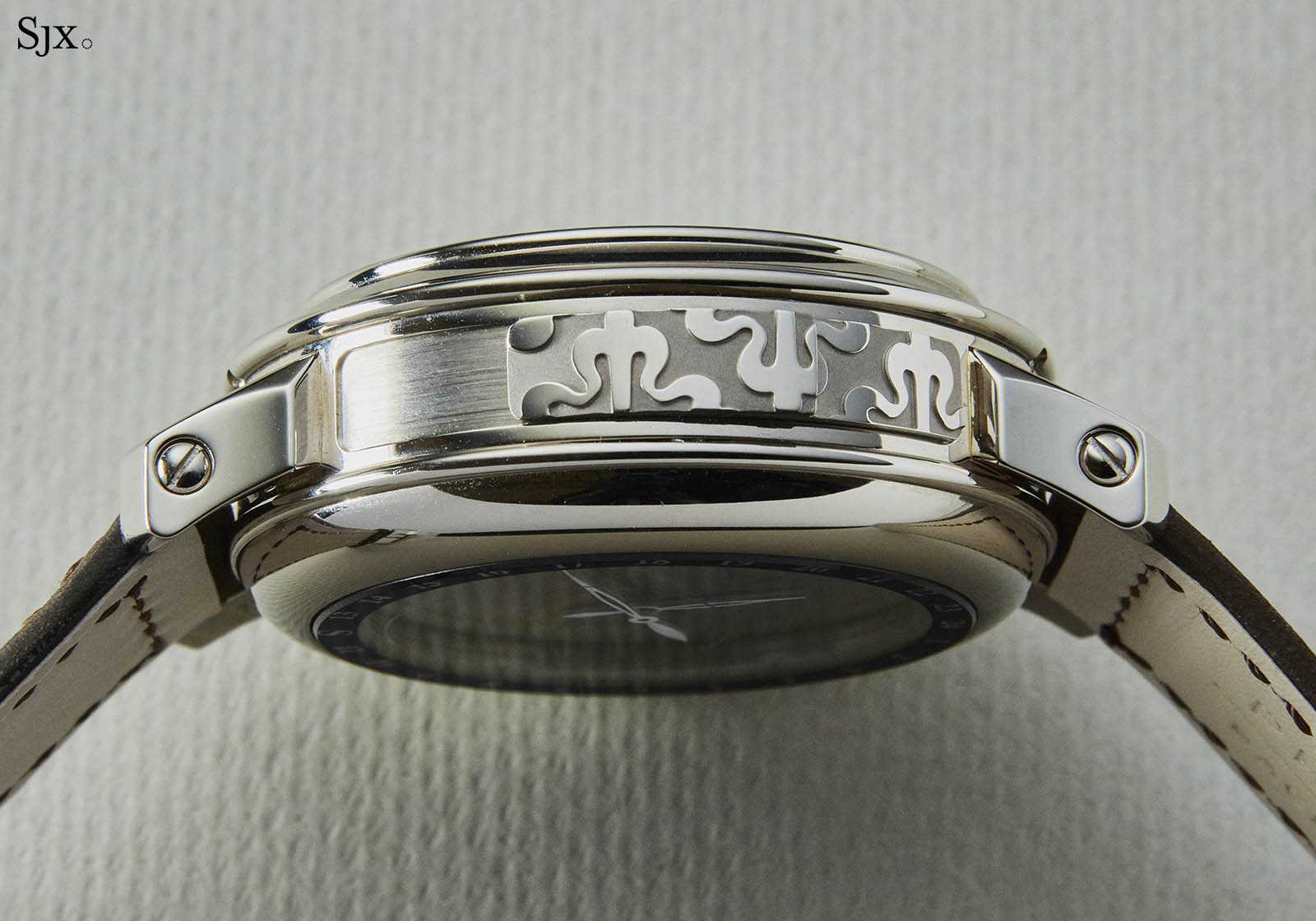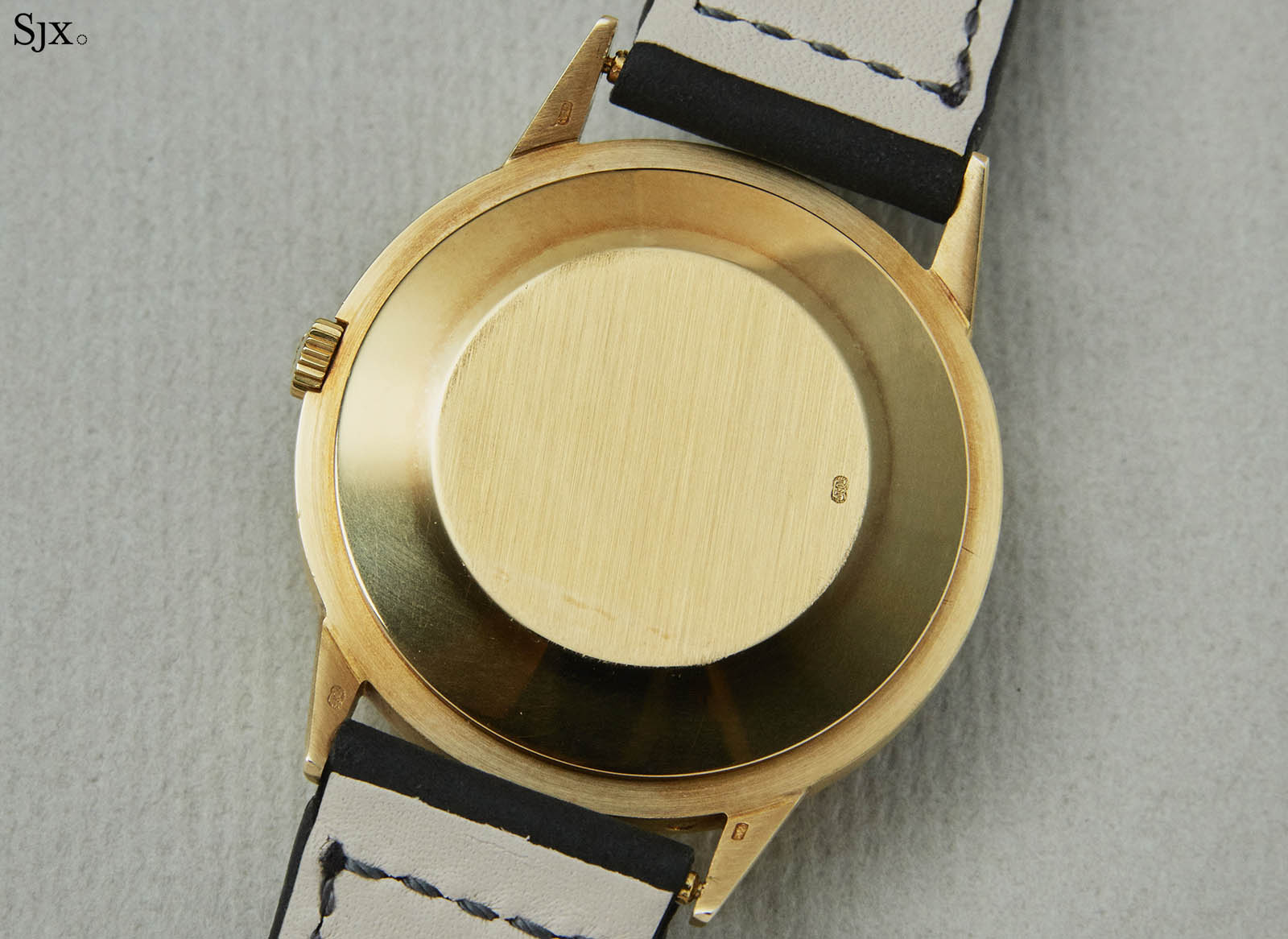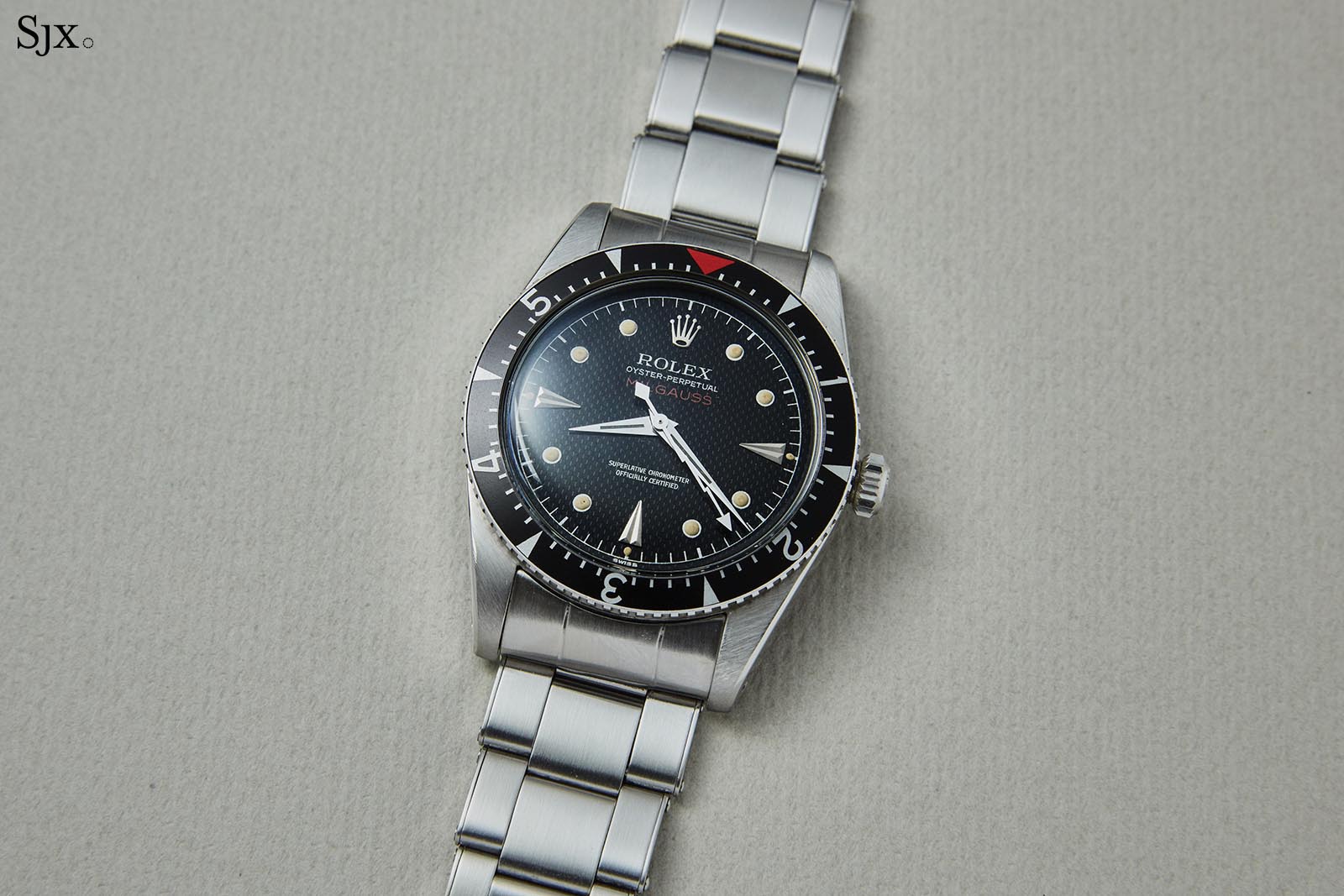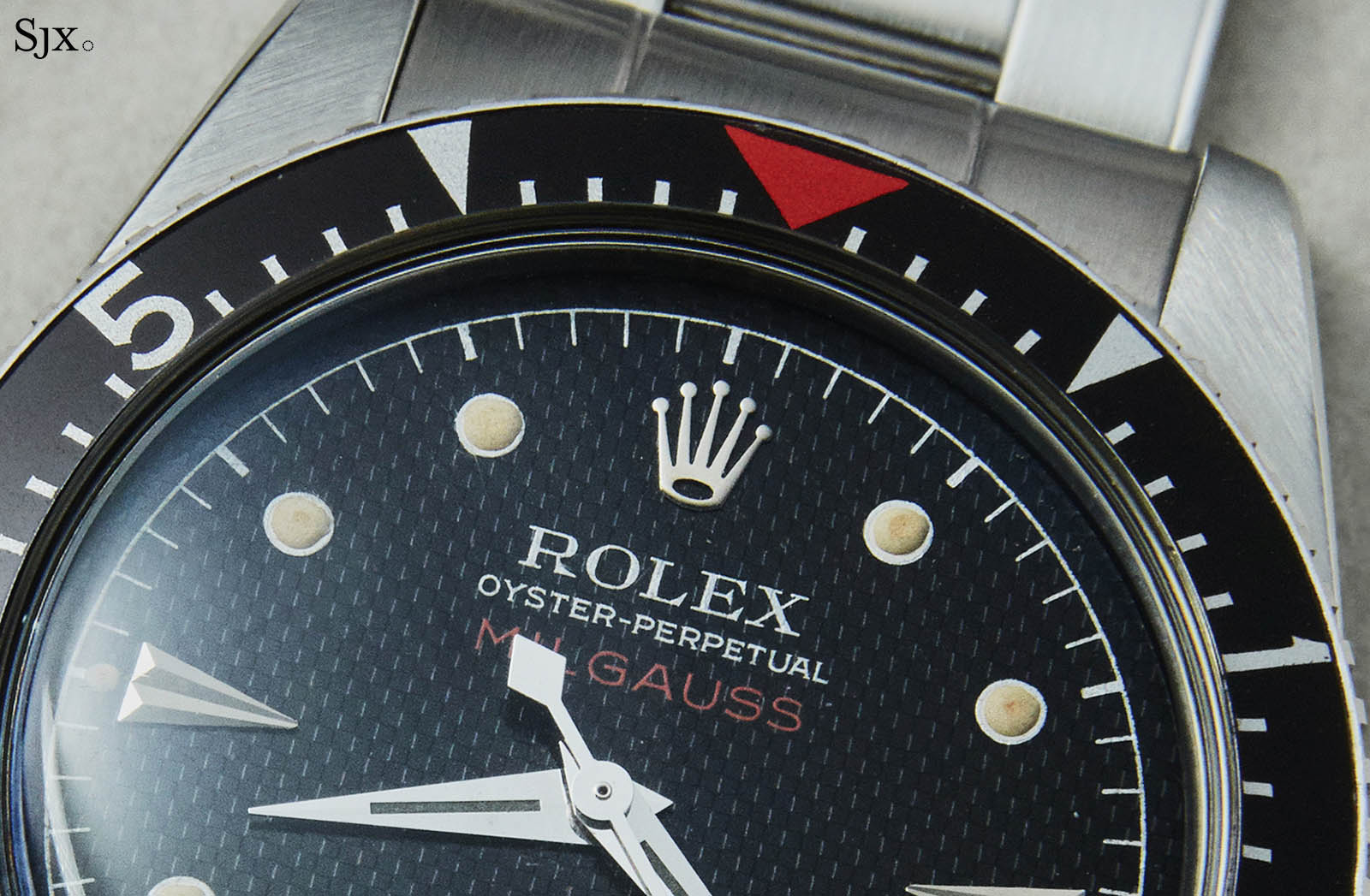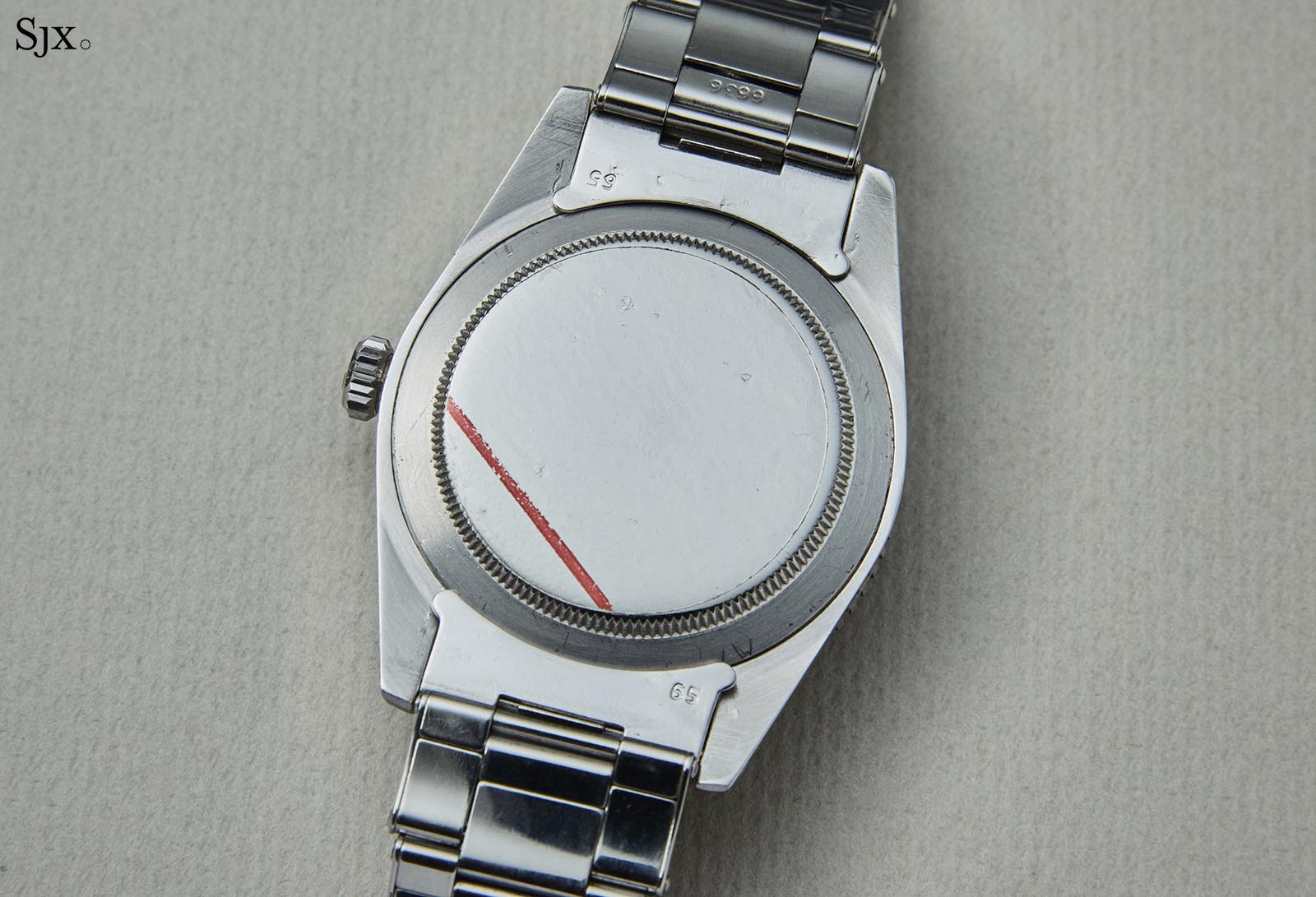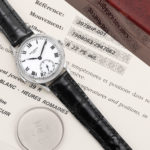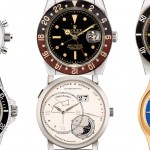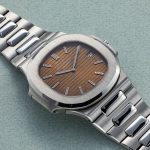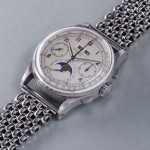Highlights: Phillips Hong Kong Watch Auction
From vintage tool watches to modern high complications.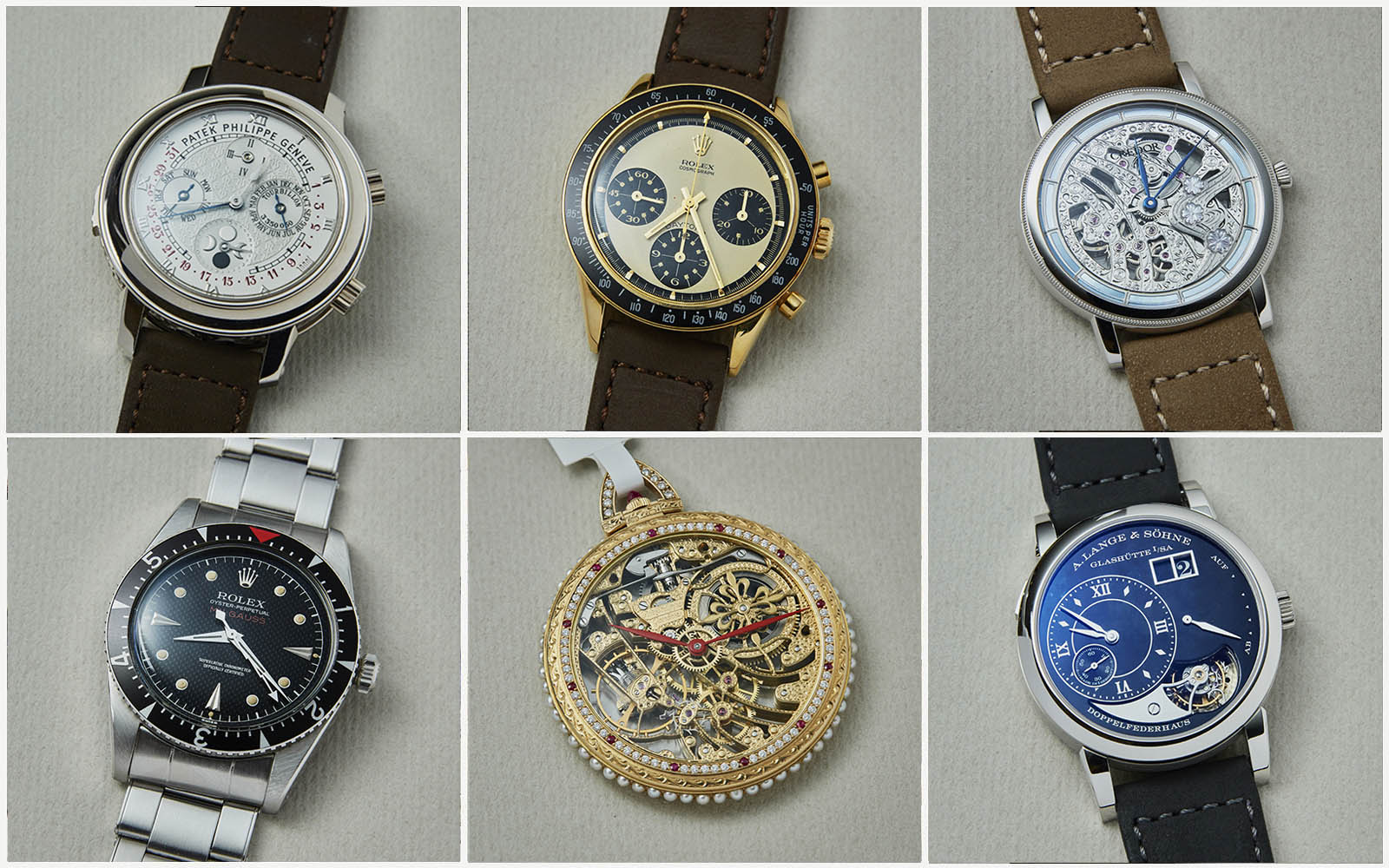
Taking place a day after the Phillips x Blackbird sports watch sale, the Phillips Hong Kong watch auction will see over 290 watches go under the hammer. It’s one of the biggest catalogues Phillips has put together for a Hong Kong sale, which means there’s a little bit of everything, and something for everyone.
There is a diverse spread of watches on offer – modern and vintage, mainstream and niche. Importantly, the sale puts varied segments of collecting on an equal footing, regardless of value; the most affordable complicated watch in the sale is an automatic Speedmaster with a low estimate of just US$1000.
Two halo watches best represent the level and scope of the sale: a Rolex Milgauss ref. 6541, with its distinctive honeycomb dial and “lightning” seconds hand; and the Patek Phillippe Sky Moon Tourbillon ref. 5002G , a beast of a watch that is as good as it gets in contemporary complications.
The Hong Kong Watch Auction: Eight will take place on May 28 at the J.W. Marriott in Hong Kong. Meanwhile, here’s a look at eight lots that are worth a look. The full catalogue is available here.
Lot 915 – Credor 40th Anniversary Signo Cherry Blossoms Skeleton (ref. GBBD965)
Ultra high-end Seiko watches are a rare sight anywhere, let alone at an international watch auction. But here it is at Phillips, a wristwatch that represents tremendous value because of its hand-skeletonised, ultra-thin movement inside a platinum case.
Produced in a limited edition of 40 pieces to mark the 40th anniversary of the Credor line in 2014, the Signo Cherry Blossoms Skeleton watch features the impressive cal. 6899 that’s been open-worked and engraved by Seiko’s ultra-thin maestro Kiyoshi Terui.
Inlaid on the movement are three cherry blossoms made of hand-cut, pink mother-of-pearl, sitting on the flowing river between three and six o’clock, while the movement is framed by a chapter ring made of blue mother-of-pearl panels.
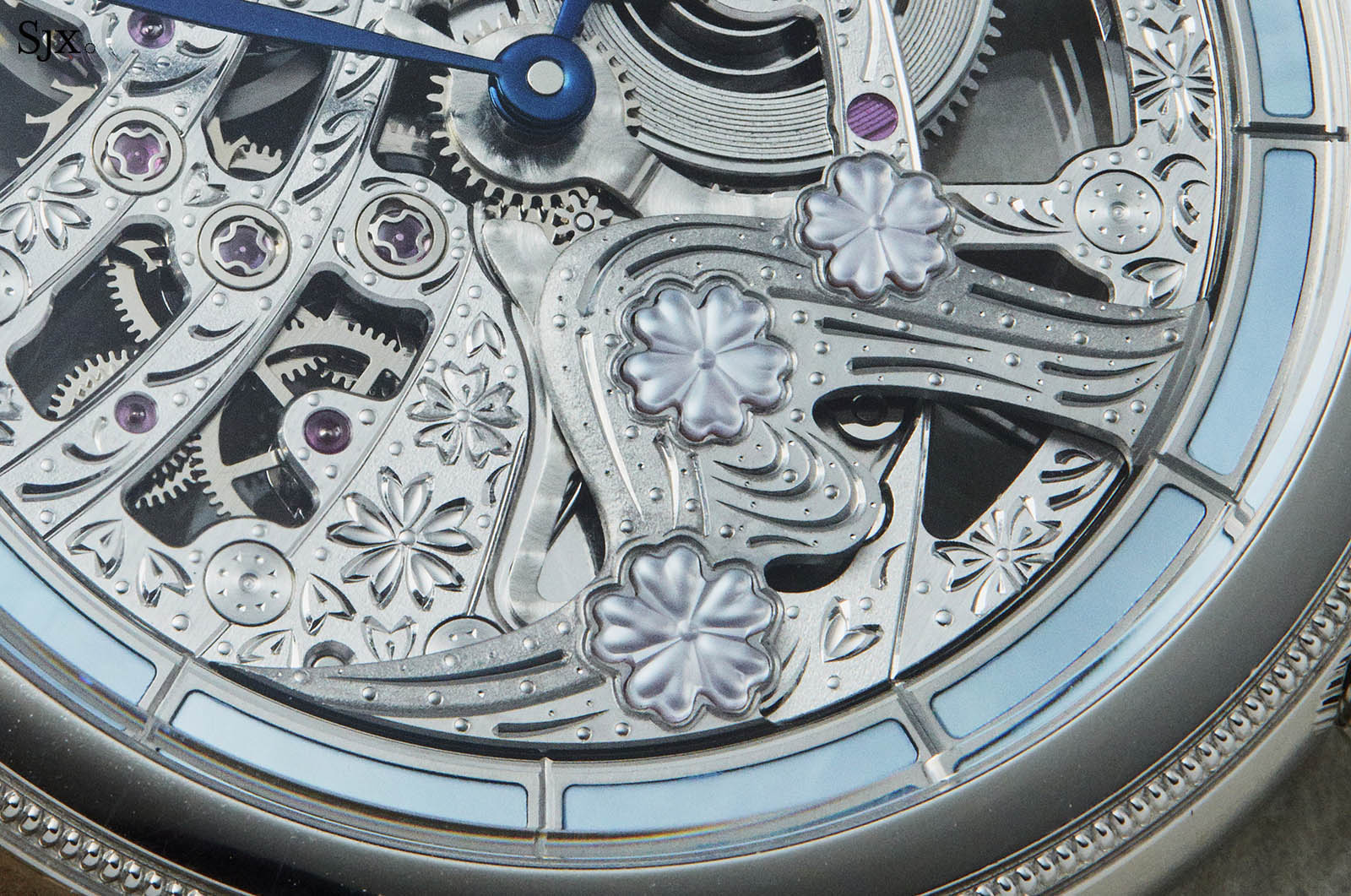
The cal. 6899 measures just 1.98mm high, with some components a mere 0.25mm thick. It’s the thinnest among Seiko’s 6800 series of movements – a family of extra-flat calibres designed to compete with the likes of Piaget and Jaeger-LeCoultre.
The thinness of the movement means the bridges and base plate are correspondingly flat, which means the process of hand-engraving causes very slightly bending of the bridges. That has to be correct be by hand, and is something that few aside from Mr Terui can manage.
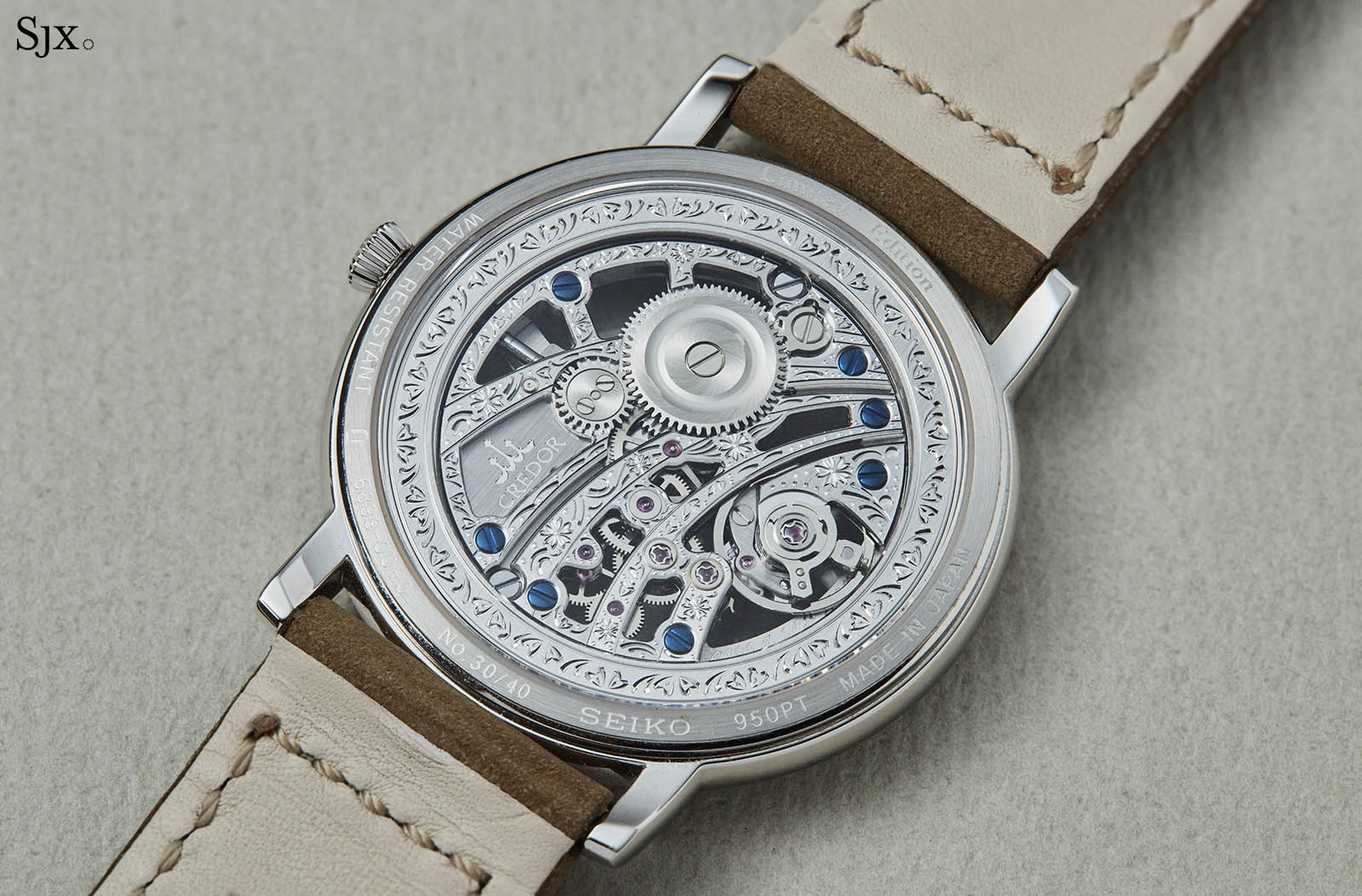
Though the watch looks relatively compact in the metal – the small dial enclosed by the mother of pearl chapter ring no doubt diminishes its size – it is actually a good 37.4mm in diameter – but just 6.6mm high.
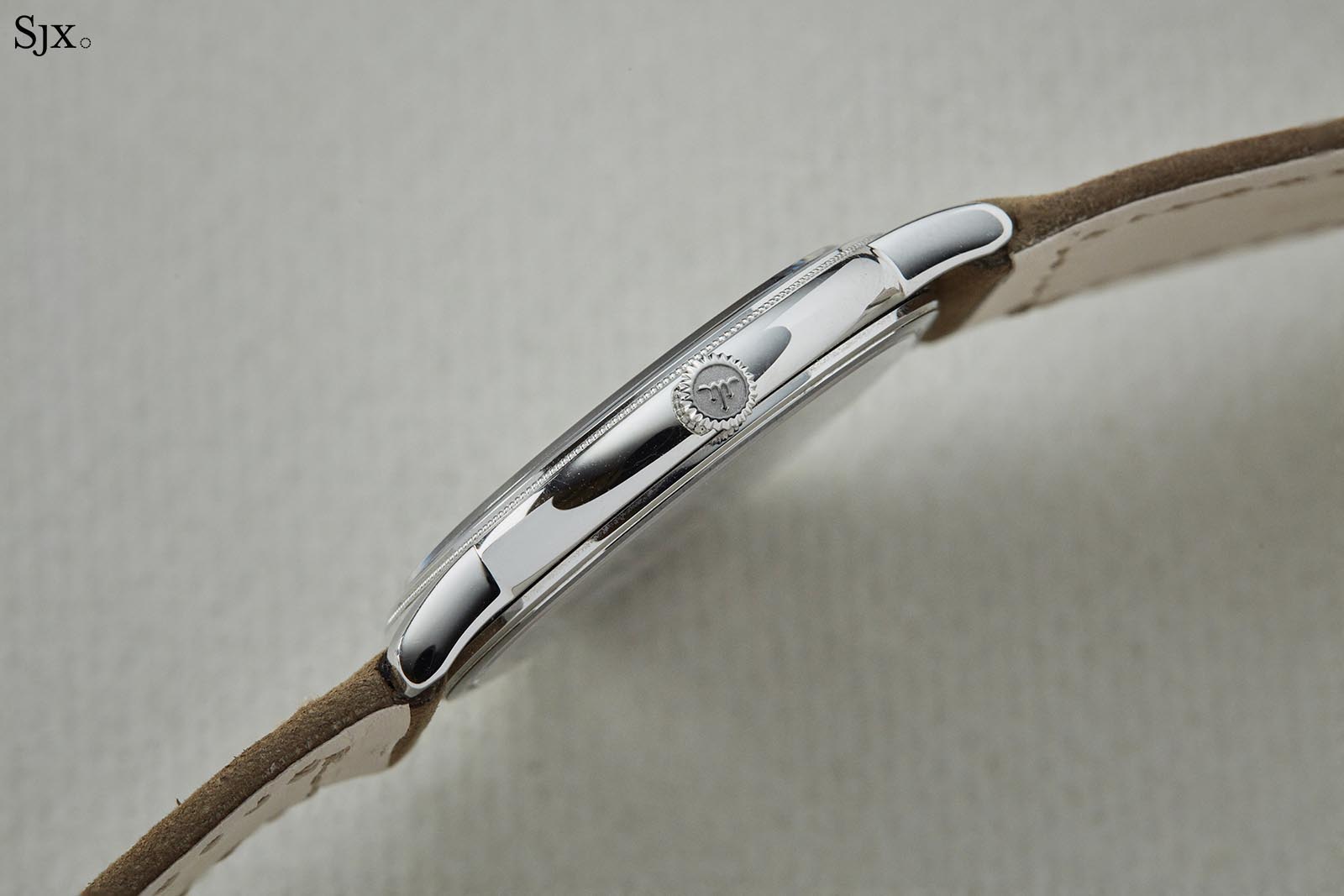
The Credor skeleton has a modest estimate of HK$50,000-80,000, or US$6,400-10,300, just one third of its original retail price.
Lot 945 – MB&F Legacy Machine Perpetual
The Legacy Machine Perpetual is the most complex watch by one of the most significant independent brands of our time.
MB&F is largely responsible for institutionalising radical watchmaking and remains central to the thriving independent watchmaking scene that founder Max Büsser had helped nurture since he inaugurated the Opus series at Harry Winston.
Even though the Legacy Machine range is on the surface an attempt at traditional watchmaking, the LM Perpetual deviates drastically from the given ways of constructing and operating a perpetual calendar.
While the job of a perpetual calendar is traditionally accomplished by a system that assumes 31 days in a month and knows to skip through extraneous days, the LM Perpetual, conceived by Irish watchmaker Stephen McDonnell, operates on a 28-day month system, and adds extra days when necessary – no fast-forwarding, and hence more robust.
And like the rest of the Legacy Machines, the ingenious movement has a “Split Escapement” with the balance wheel suspended high above the dial by an arched balance bridge while the lever and escape wheel are located at the back of the watch thanks to an unusually long balance staff.
The movement also demonstrates a significant degree of fine finishing and old school details, including jewels in gold chatons.
Less frequently seen on the secondary market as compared to the numerous Horological Machines, this LM Perpetual has a pink gold case and was a limited edition of 25 pieces.
MB&F will also offer the buyer a free overhaul and accompanying one-year warranty. The watch has an estimate of HK$550,000-1,100,000, or US$70,500-141,000.
Lot 964 – Rolex Daytona “Paul Newman” ref. 6241
While it is increasingly harder and harder to get excited about “Paul Newman” Daytonas, since dozens are offered every auction season, this is a notably crisp example of a rare variant.
The ref. 6241 was produced from 1966 to 1969, during which it is believed about 3000 examples were made. Of the 3000, less than a quarter were in gold.
This example is distinguished primarily by its fresh, clean and intact champagne dial. All its printing and colours are unsullied by time, and crucially, all the tritium plots on the hour markers are intact.
The case is in excellent condition, with two crisp hallmarks still visible underneath the lugs.
Furthermore, the watch is fresh to the market, and is consigned by someone who bought it in the 1980s.
It has an estimate of HK$1,650,000-3,200,000, or US$212,000-410,000.
Lot 1000 – A. Lange & Söhne Lange 1 Tourbillon Handwerkskunst
The Lange 1 Tourbillon Handwerkskunst was introduced in 2014 as part of the eponymous series of limited edition, hand-decorated variants of signature Lange 1. Handwerkskunst is German for craftsmanship, which pretty much explains it.
One of the most striking Handwerkskunst models for its stark colours and simplicity – the other models mostly have elaborately engraved dials – the Lange 1 Tourbillon was the very first Lange watch to have an enamel dial made in-house by Romy Zimmermann, who originally started in the engraving workshop.
The glossy black dial was made with champlevé technique, where the solid gold dial base is first relief-engraved before the recesses are filled with black enamel. It is then fired in an oven and polished to a smooth, mirror-like finish.
The technique gives the dial to have clearly defined borders and markings without adding unnecessary thickness; the hour markers, minute track and chapter rings are actually the raised portions of the dial base.
And the dial has a sunken small seconds, which was enamelled separately and soldered to the main dial.
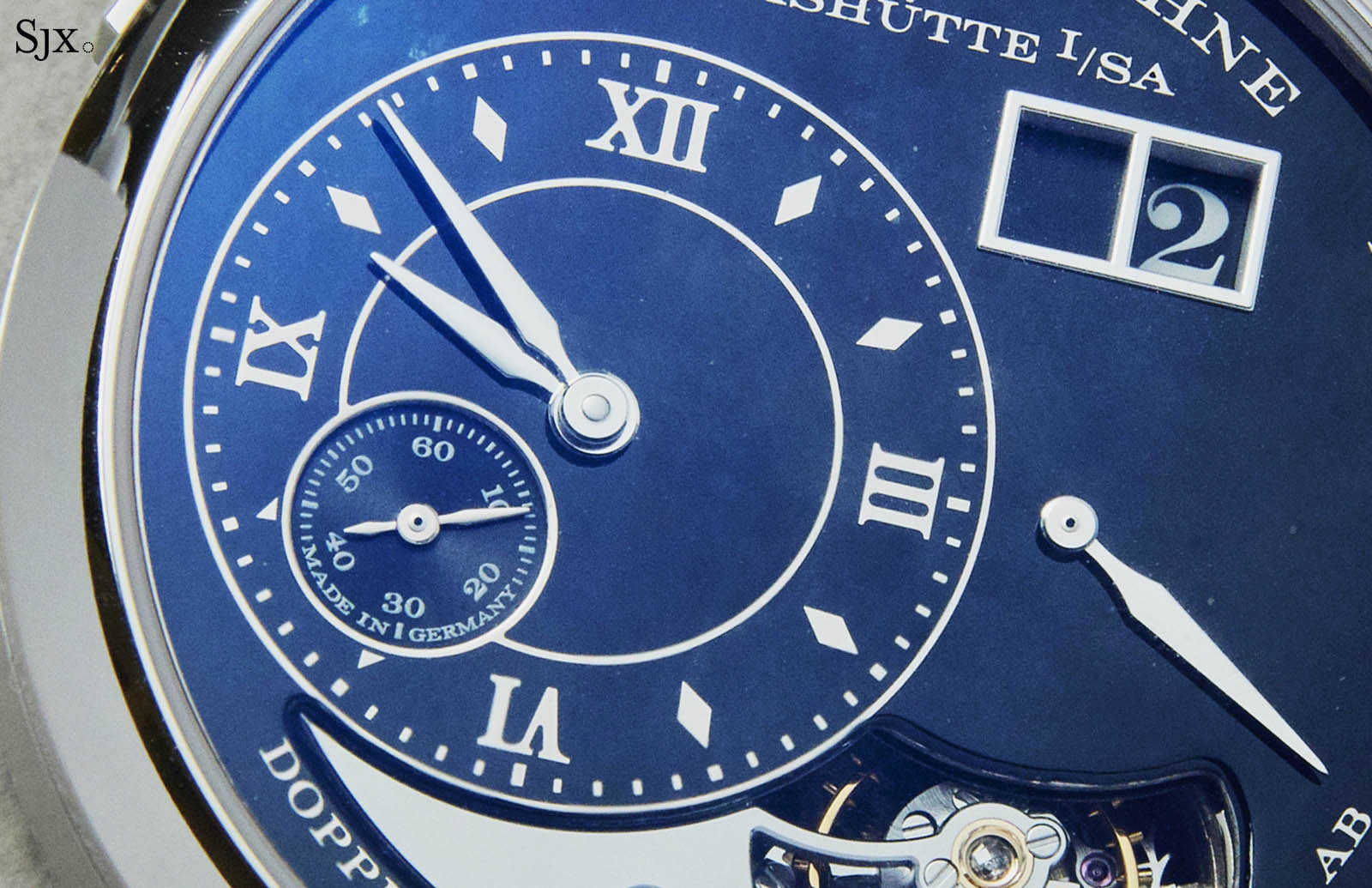
Visible at five o’clock is the tourbillon regulator, which is executed in typical Lange style and secured by a black-polished cock. But the tourbillon is partially obscured by the dial, leaving it looking very small, which is the only visual weakness of the watch.
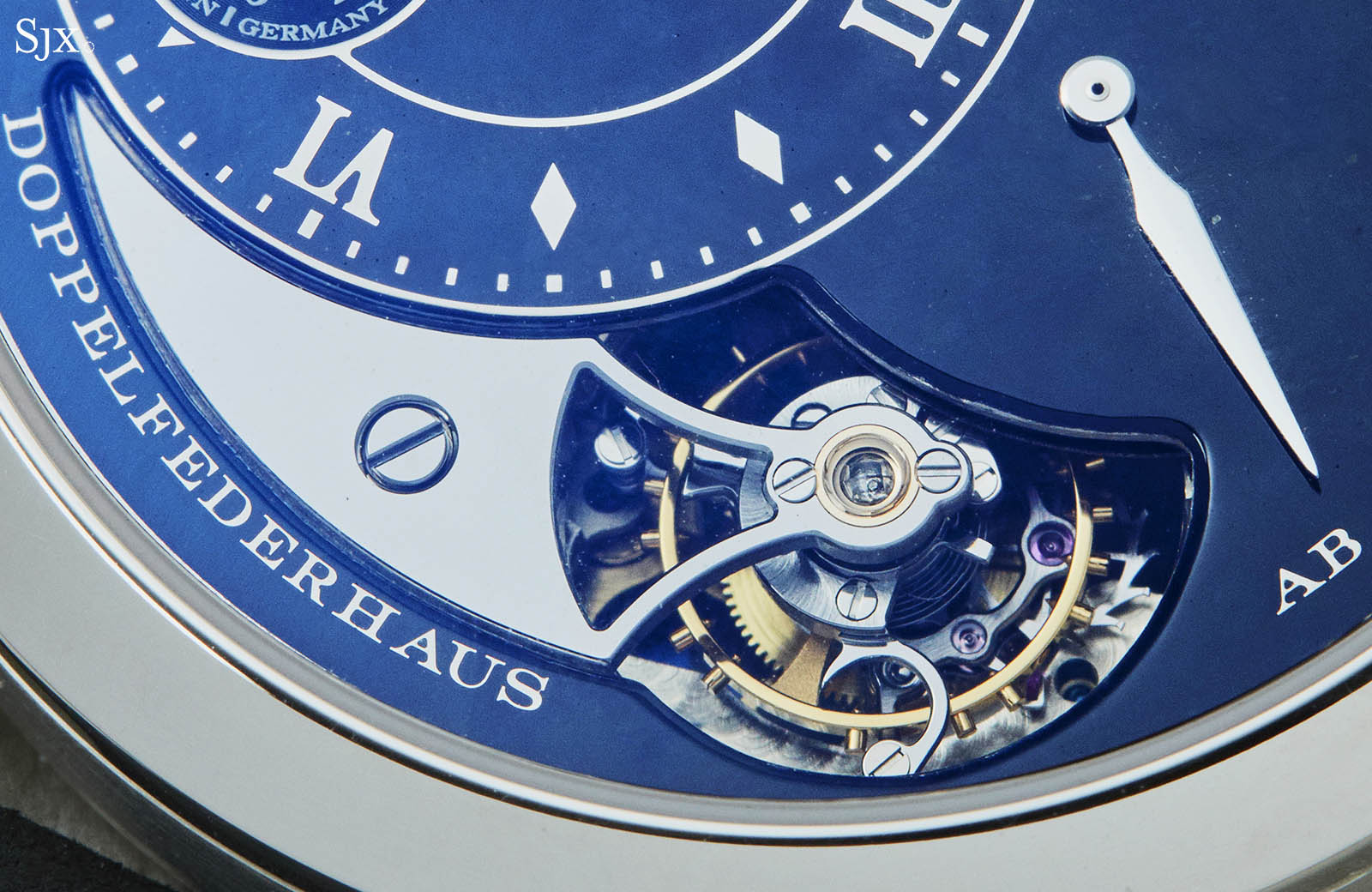
Visible through the sapphire caseback, the three-quarter plate of the cal. L961.3 has been open-worked to reveal the double barrels, while the cocks and plate are hand-engraved.
The Lange 1 Tourbillon Handwerkskunst Enamel a limited edition of 20 pieces, and this is number 18, a number that will appeal to many Asian clients.
The Lange 1 Tourbillon has an estimate of HK$1.1-2.0m, or US$141,000-256,000.
As a reference, two years ago Phillips sold another example for HK$1.75m, or about US$223,000 including fees, about the same as the original retail price of US$221,000.
Lot 1050 – Patek Philippe ref. 912 skeleton pocket watch*
While the sale includes an impressive array of pocket watches, this gem-set, open-worked pocket watch by Patek Philippe is undeniably the most striking.
Patek Philippe produced several skeleton pocket watch references in the 1980s – this example dates to 1980 – in tiny quantities. A handful were decorated with gemstones, and even fewer were set with pearls. And this particularly specimen is exceedingly rare, if not unique.
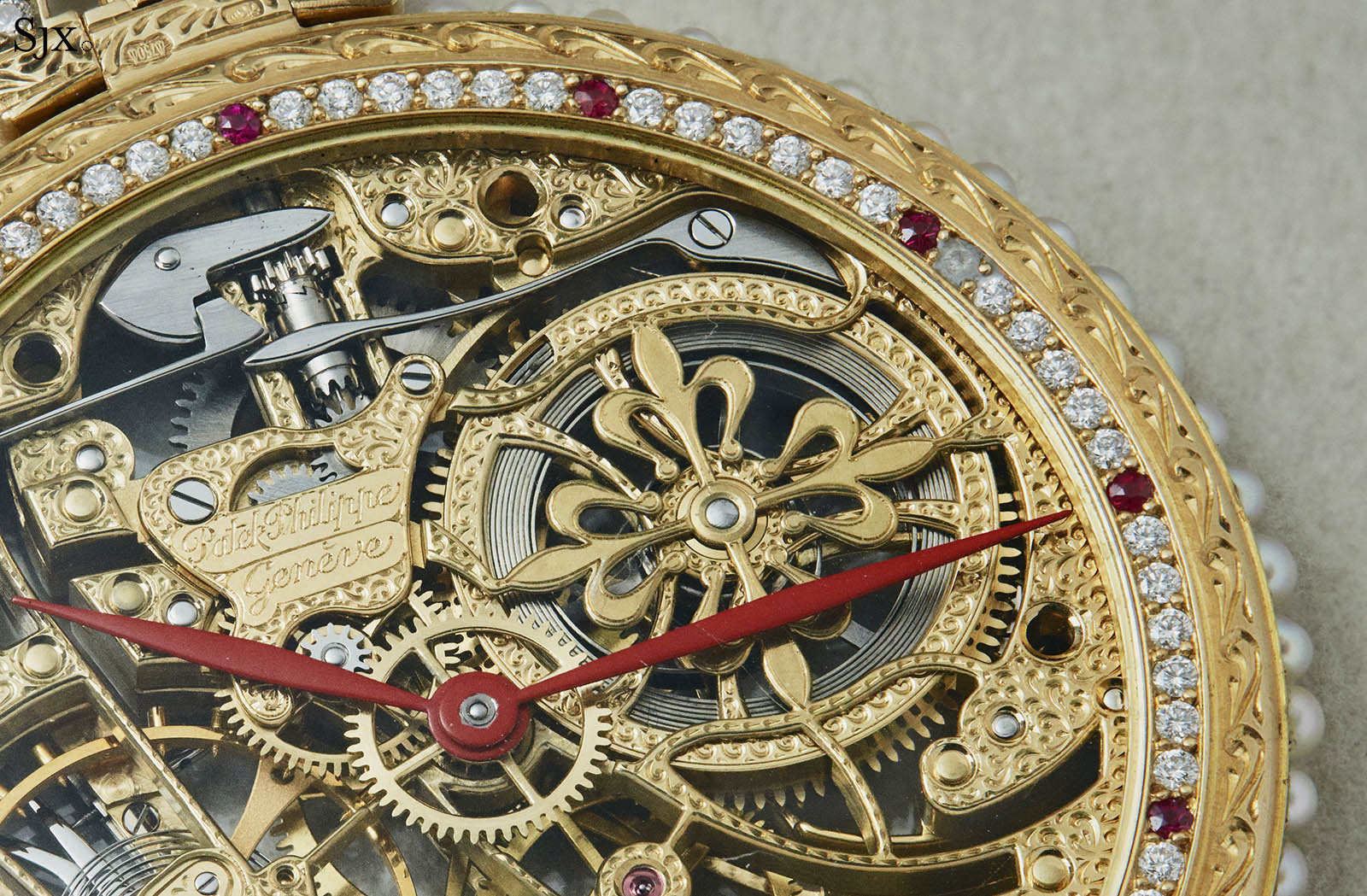
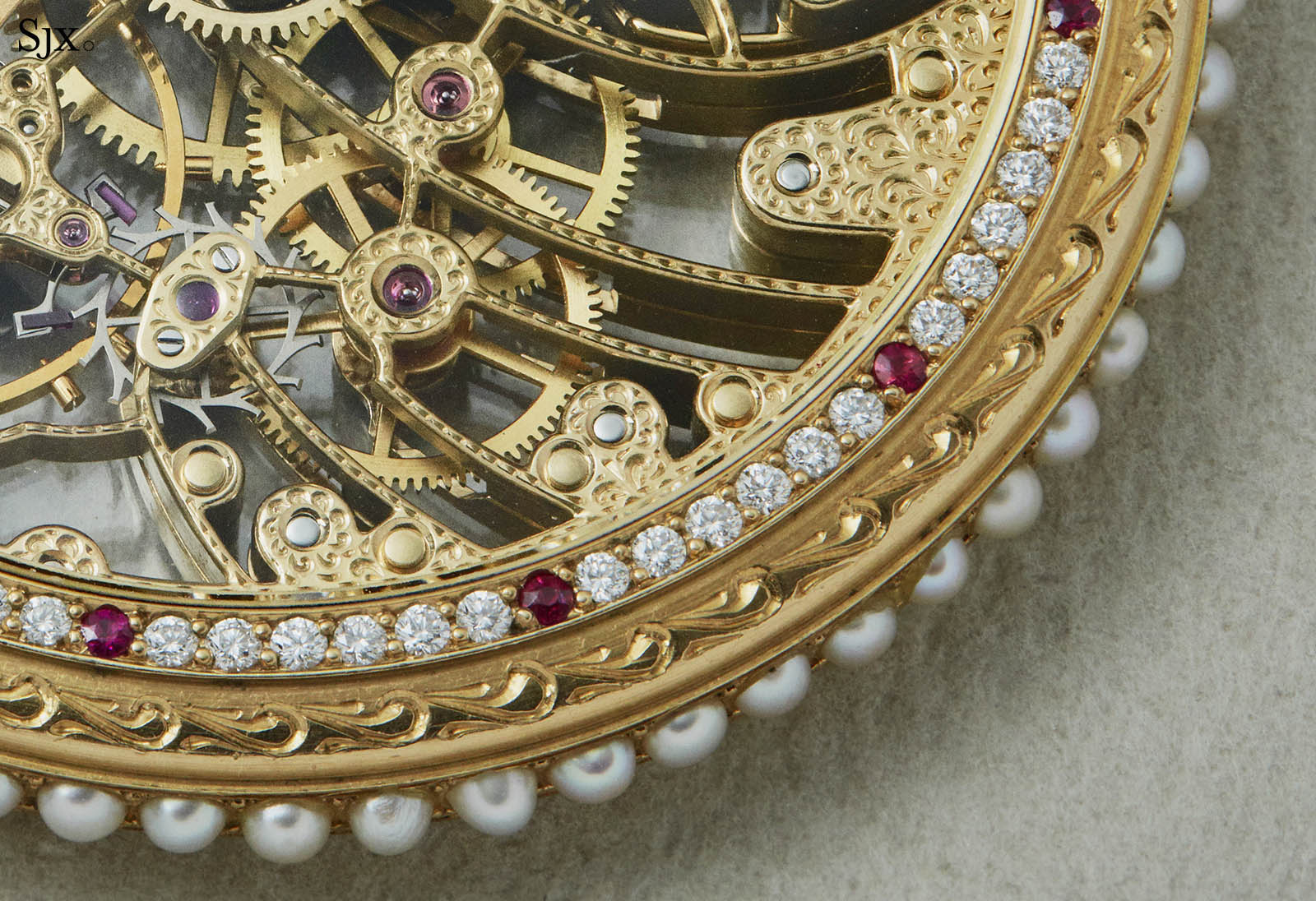
The bezel is set with diamonds both front and back, with the case band set with pearls. Twelves rubies form the hour markers, matched by a large ruby cabochon in crown.
Most unusual are the feuille, or leaf-shaped, hands that are also red to match the rubies, a detail that renders this watch likely one of a kind.
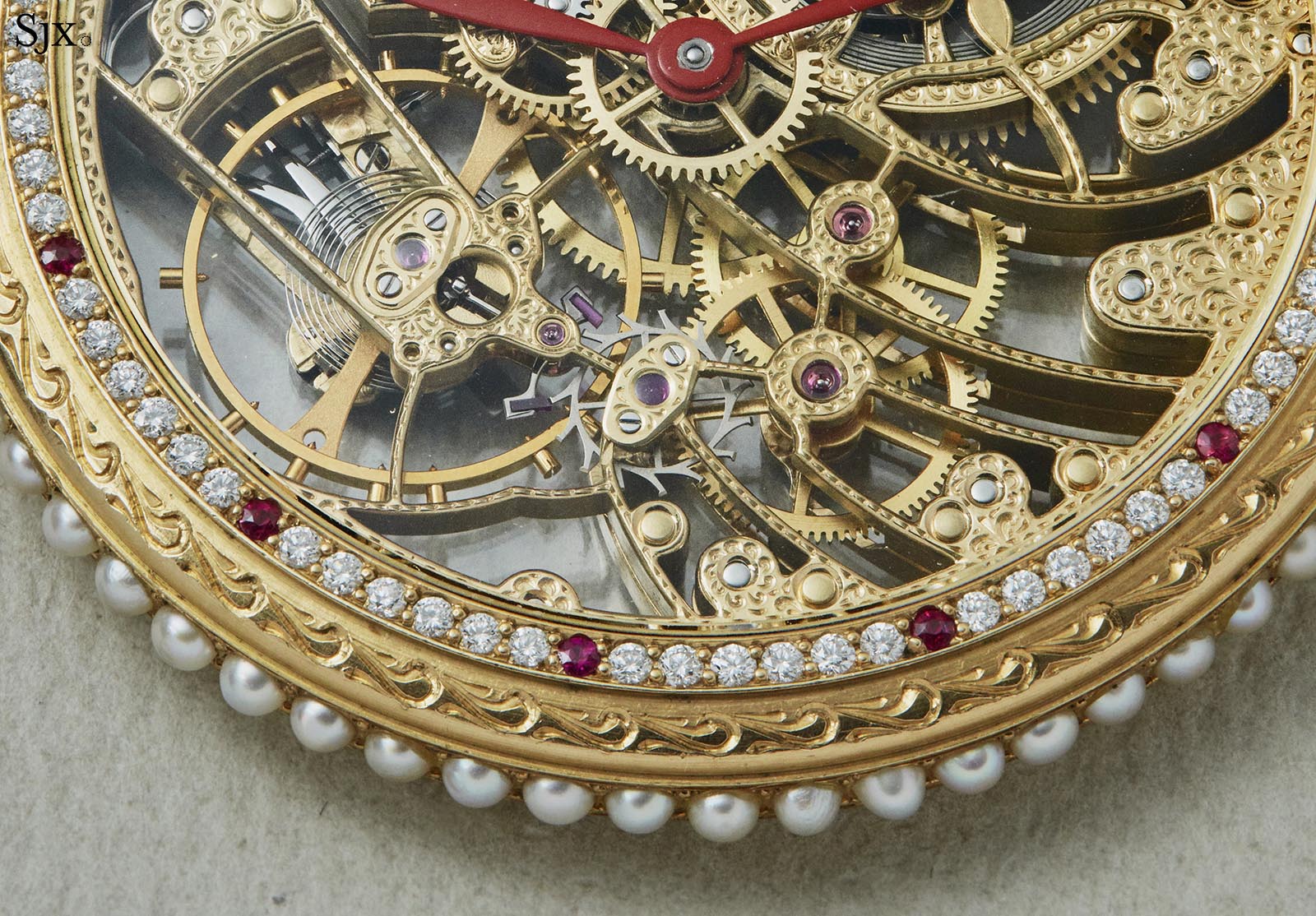
The movement the cal. 17-170, a large, flat calibre found in many other Patek Philippe pocket watches.
The proportions of the movement lends itself well for open-working; here it has been beautifully skeletonised and engraved, with the engraving continuing on the case.
This is accompanied by an archive extract stating the watch was produced and sold in 1980. It has an estimate of HK$390,000-780,000, or US$50,000-100,000.
Lot 1066 – Patek Philippe Sky Moon Tourbillon ref. 5002G
The Sky Moon Tourbillon is the next most complicated wristwatch by Patek Philippe after the Grandmaster Chime.
Even though the Sky Moon Tourbillon ref. 5002 is a rare and expensive watch, it appears fairly often at auction with at least one for sale each year. But it is almost always in platinum or rose gold, making this white gold example notably rare. In fact, it is only the second white gold ref. 5002 to be ever sold at auction.
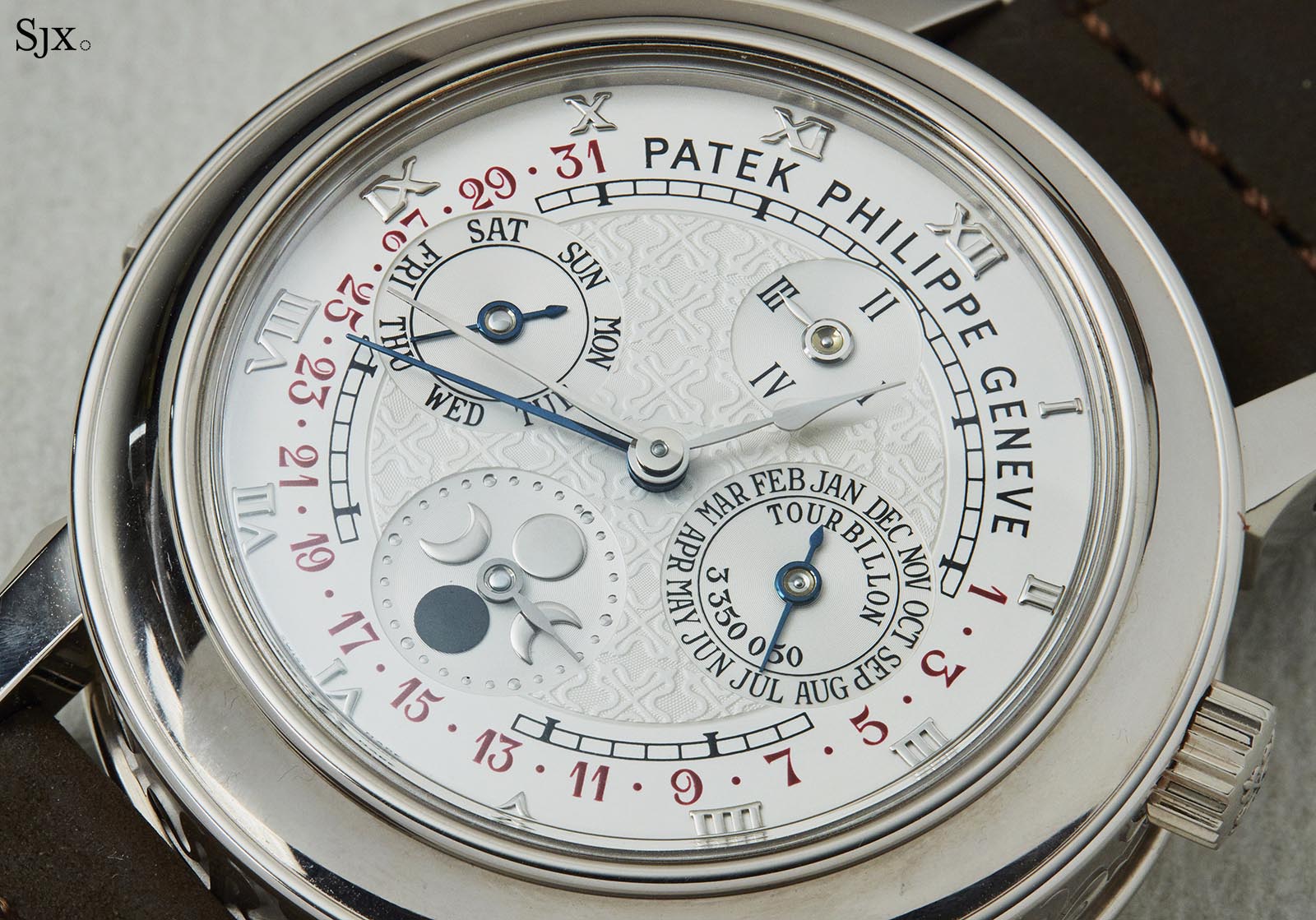
Launched in 2001, the ref. 5002 is significant not only for its sheer number of complications, but also for the unusual combination of functions. Powered by a movement totalling 686 parts, the Sky Moon Tourbillon is a spiritual heir to the monumental Star Caliber 2000 pocket watch.
The movement incorporates a perpetual calendar, cathedral gong minute repeater, and tourbillon, while the reverse of the watch shows the movement of the stars over the course of a sidereal day, as well as sidereal time, in contrast to the mean solar time (which is ordinary, 24-hour time) shown on the front of the watch.
At 43mm in diameter and 16.25mm high, the watch is large, especially by Patek Philippe standards, and makes a statement on the wrist.
But the thickness of the case allows for relief engraving on the band of repeating Calatrava crosses.
The ref. 5002 was eventually discontinued and replaced by the fully enamelled ref. 6002 in 2013.
This watch is being sold at auction for the first time and is complete with all accessories – box, certificates in a folder, and archive extract – with an estimate of HK$6.2-12.4m, or US$795,000-1.59m.
Lot 1093 – Patek Philippe ref. 3448 perpetual calendar
Introduced in 1962, the ref. 3448 was Patek Philippe’s first self-winding perpetual calendar, the purest expression of the complication, having no leap year indicator; the leap year only made it to the dial with the ref. 3450 of 1981.
The ref. 3448 was in the catalogue for almost 20 years, with 586 produced, most in yellow gold. The number is enough such that they appear regularly at auction, but not all 3448s are created equal. This is a double-signed, fourth series example in strong condition.
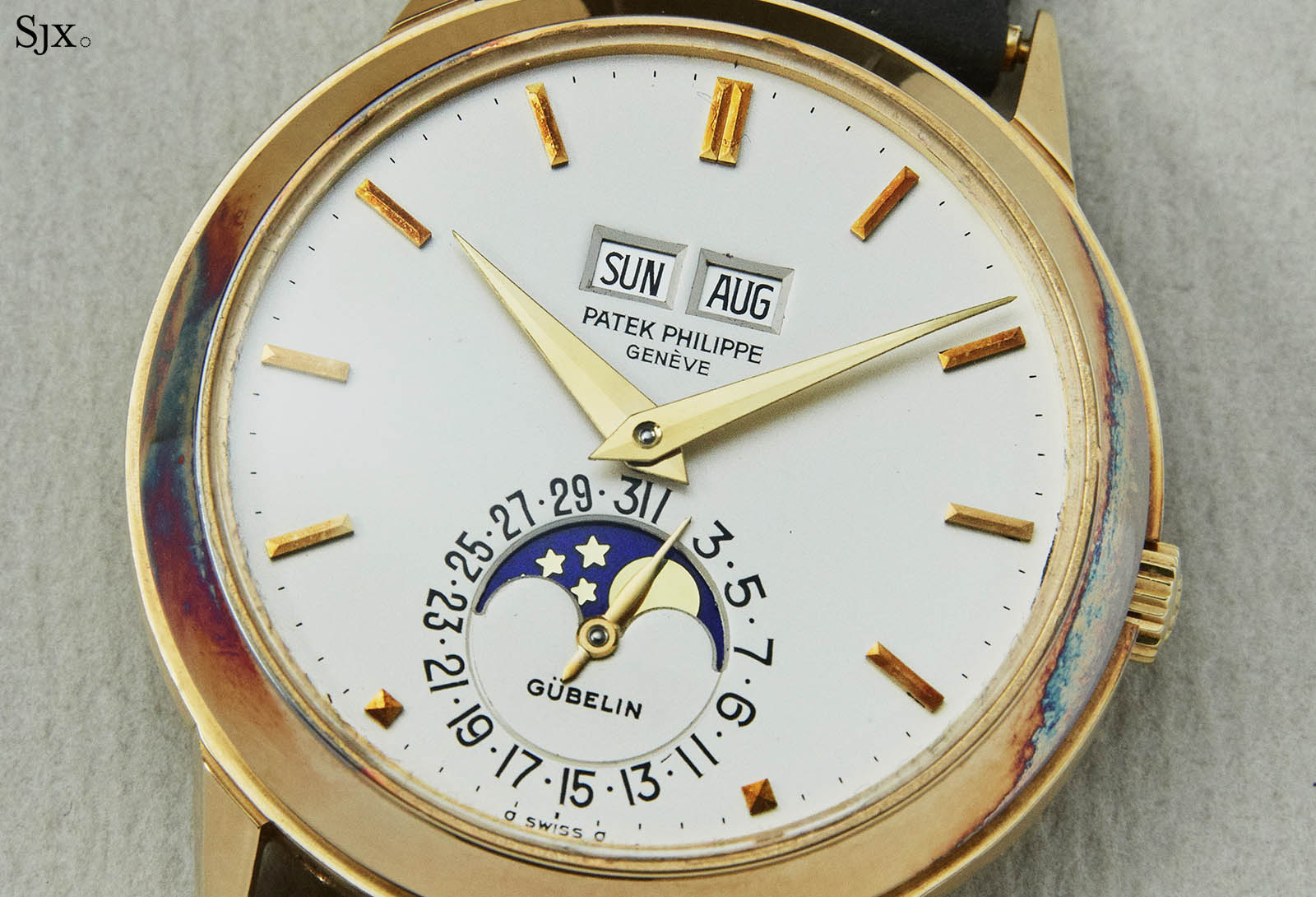
The present watch is in common yellow gold, however, it was retailed by Gübelin, the venerable Lucerne-based retailer founded in 1854. Consequently it features the Gübelin signature just beneath the moon phase display. And like all fourth series 3448s, it has printed minute hashmarks on the dial.
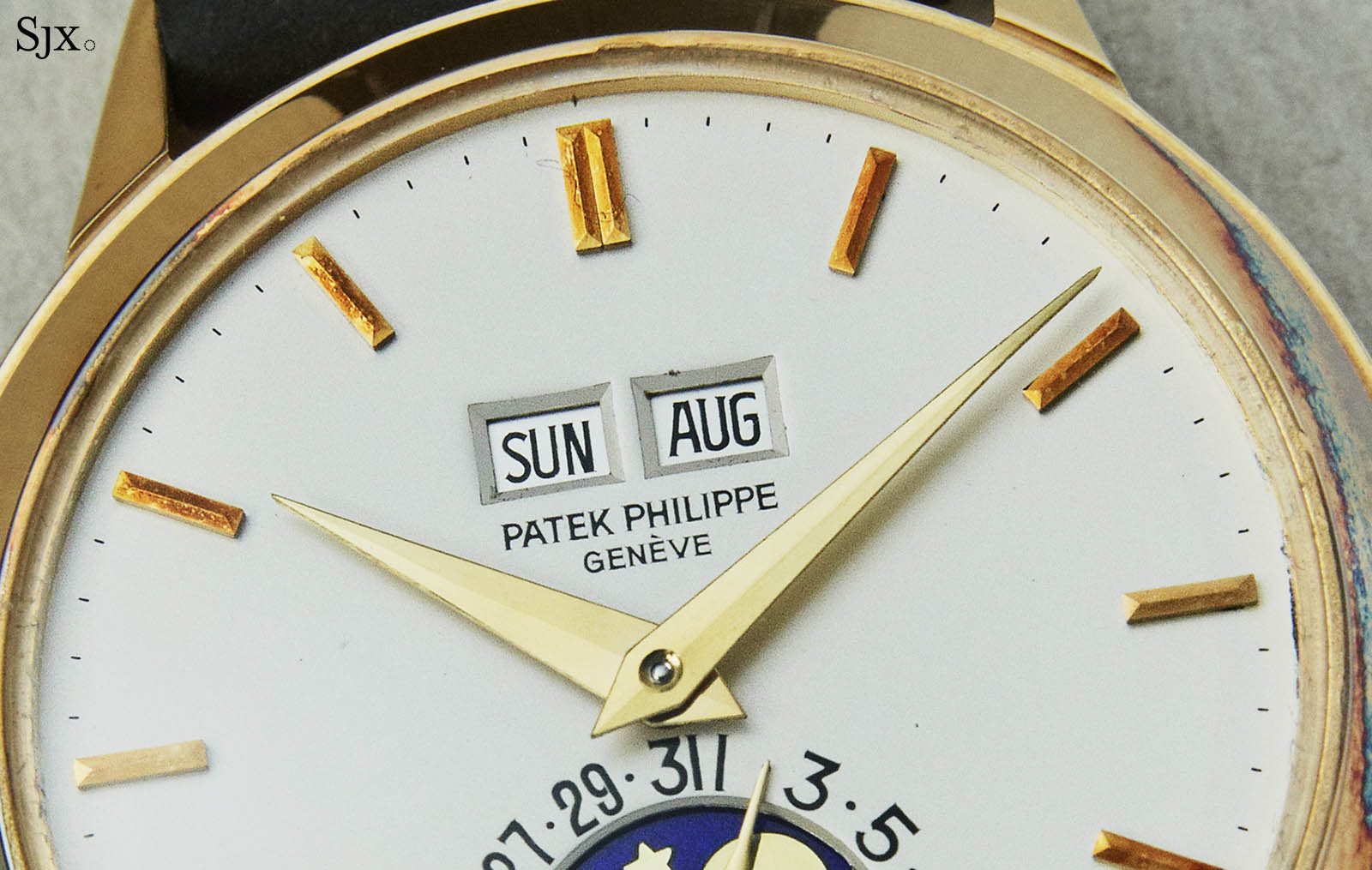
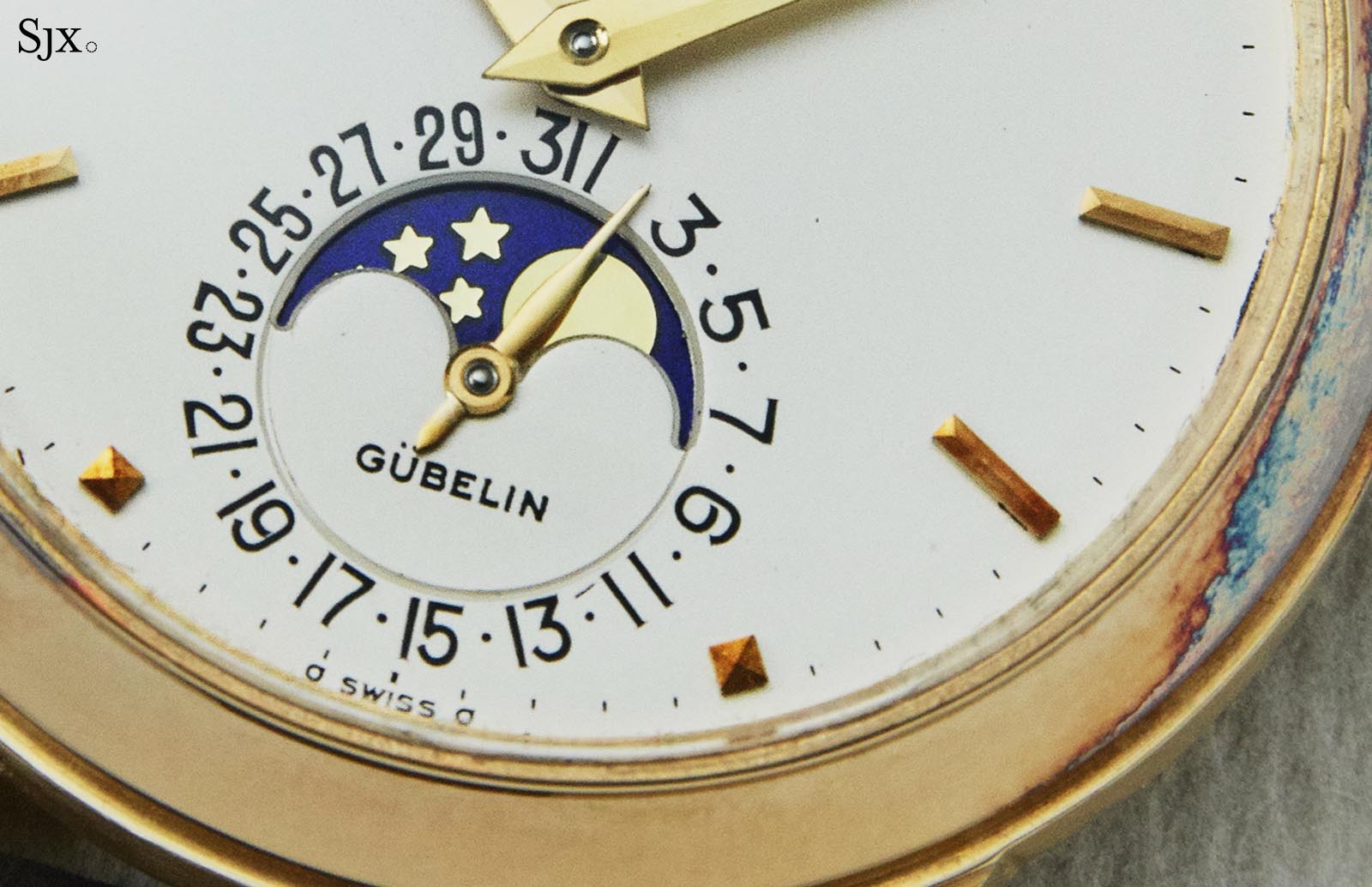
Additionally, the case is in excellent shape, with its sharp lines and edges still well defined, along with four vivid hallmarks.
There are also traces of oxidation on the bezel, something that usually indicates that the watch was in storage for years.
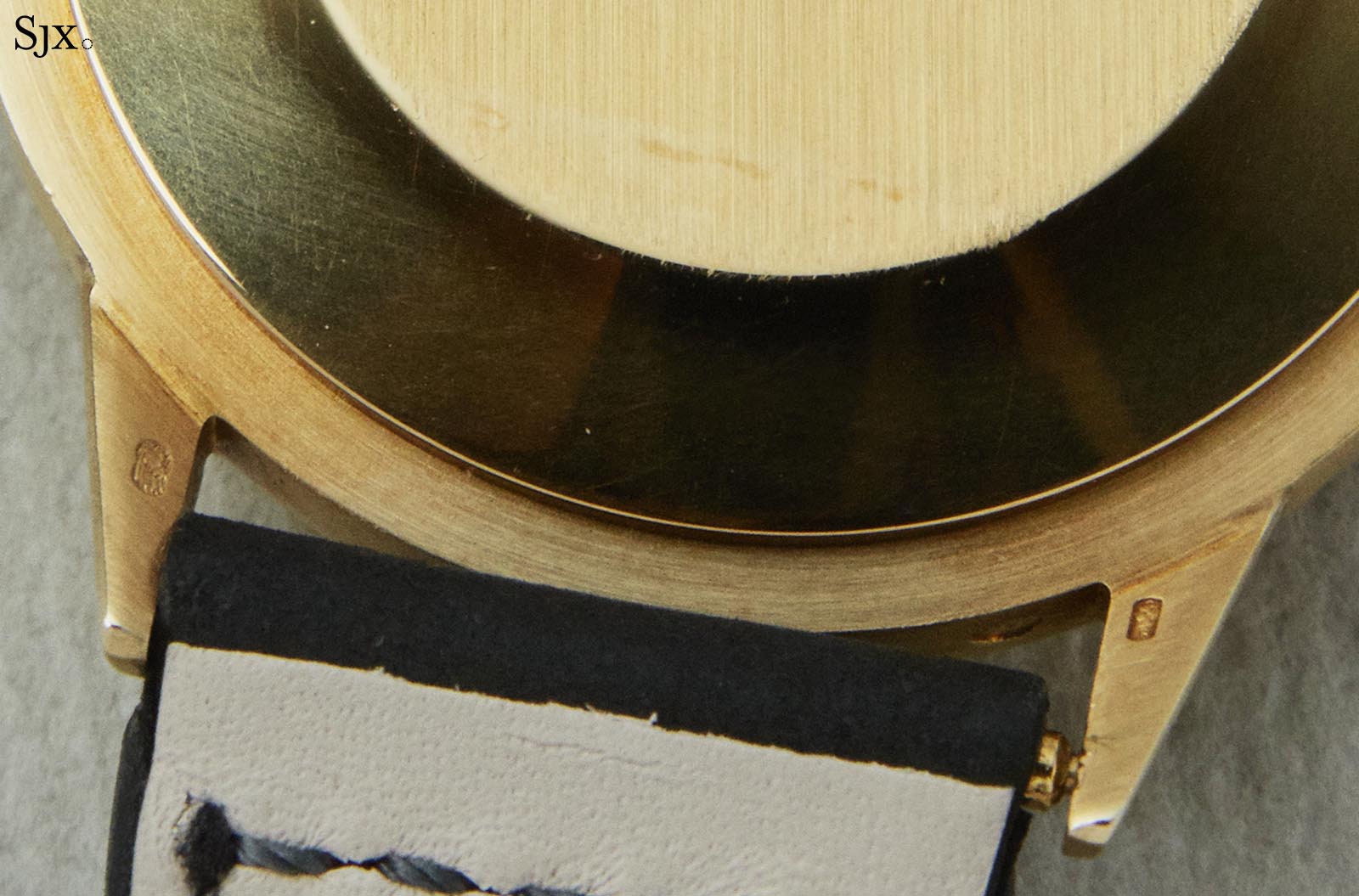
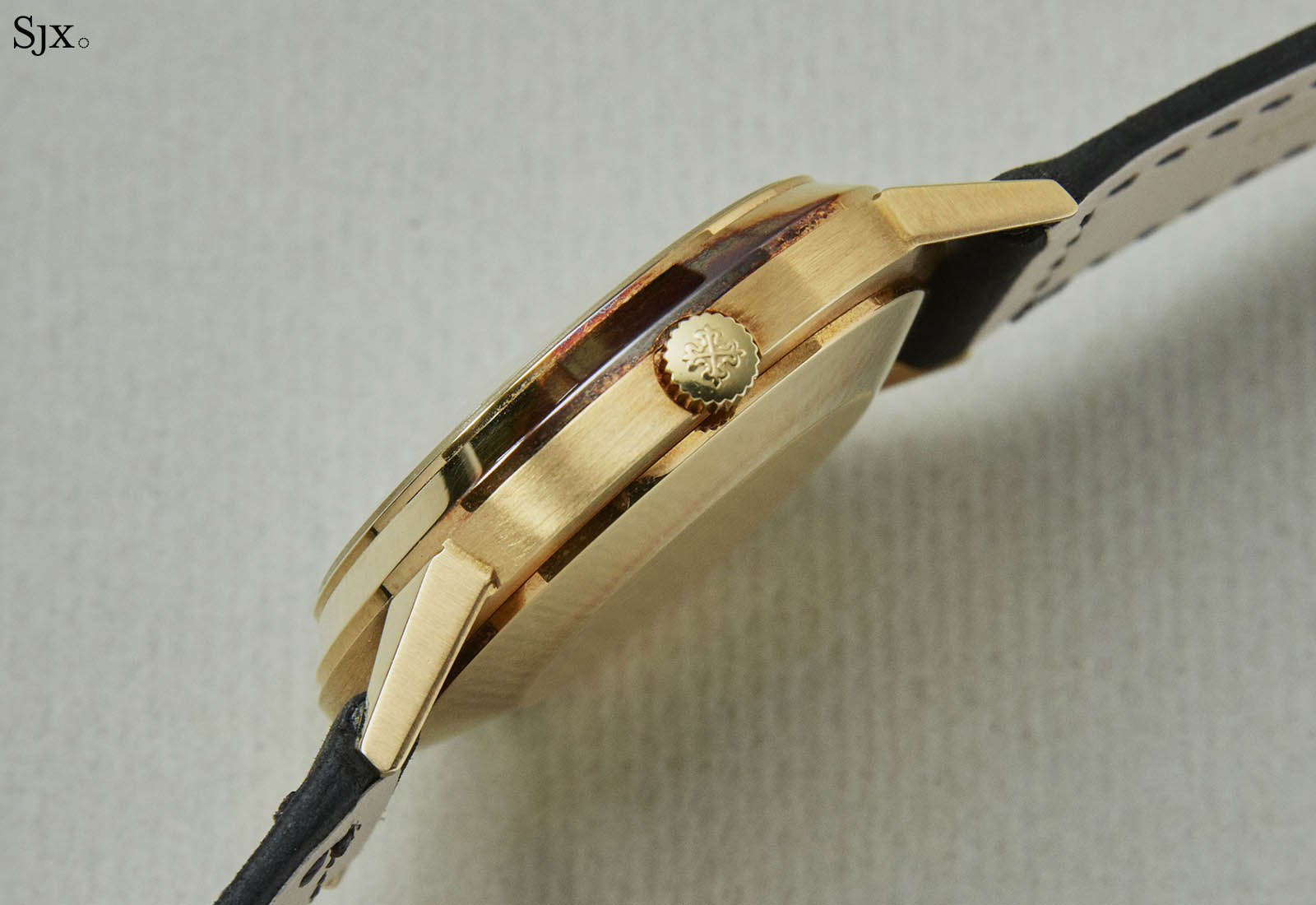
According to the accompanying archive extract, this was produced in 1977. It has an estimate of HK$780,000-1.18m, or US$100,000-151,000.
Lot 1151 – Rolex Milgauss ref. 6541
One of the top Rolex watches in the sale is not the usual Daytona or Submariner, instead it is a Milgauss ref. 6541 from 1958, the very first magnetism-resistant Rolex model; mille gauss translates as “1000 gauss”, its level of magnetism protection.
Built for a specialised environment – namely engineers at nuclear research laboratory CERN – the ref. 6541 made its debut in 1956 but only enjoyed a brief production run. It was discontinued in 1960 and replaced by the ref. 1019, a more utilitarian-looking watch that stayed in production for almost 30 years.
Despite its brief life, the ref. 6541 boasts several design details that are synonymous with Rolex sports watches in general, and one that is quintessentially Milgauss – the lightning seconds hand.
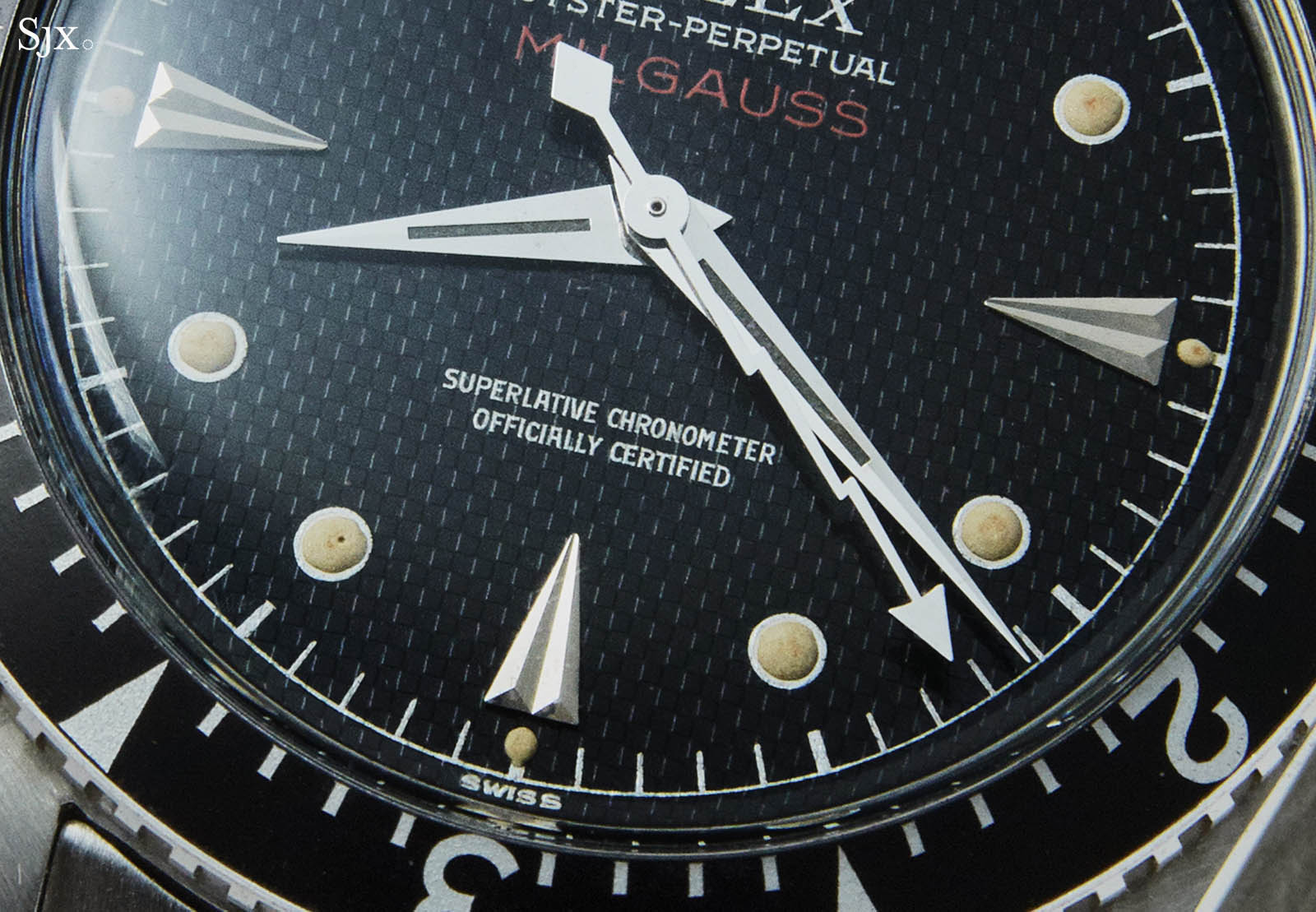
Other details that makes the ref. 6541 desirable is the black honeycomb dial and red triangle marker on the bezel, a feature otherwise only found on vintage Submariners.
This is an extremely fine example. The red triangle on the bezel is unsullied and vivid, while the dial is clean with full “lume” plots that are intact and round. A point to note is the “exclamation mark” dial, named after the small luminous dot at six o’clock, which is usually associated with dials made in 1960 till 1962 or 1963.
The case is also in strong condition with a full shape and well-defined bevels.
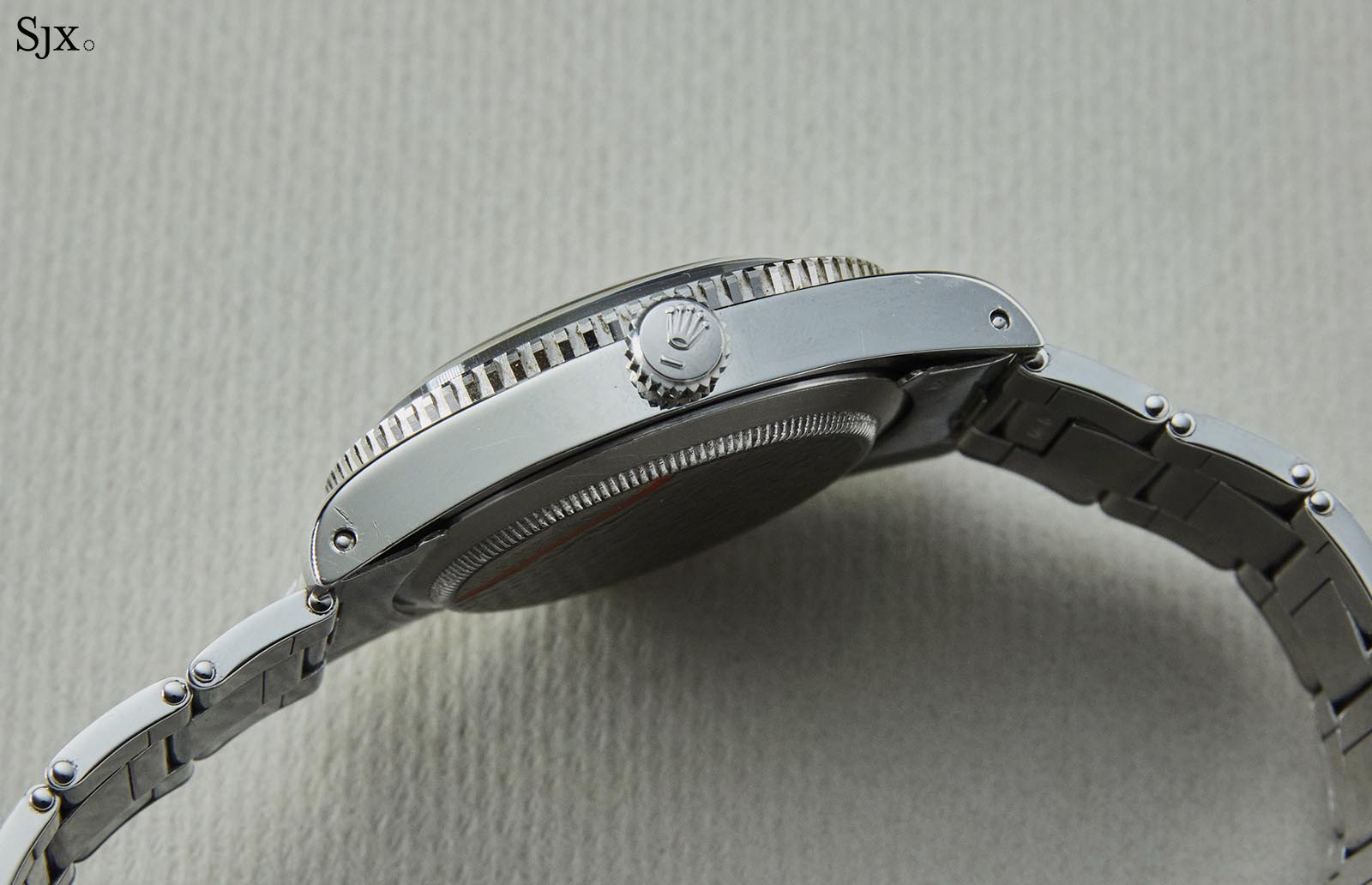
The Milgauss ref. 6541 has an estimate of HK$2.3-4.0m, or US$295,000-513,000.
Preview and Auction
The preview exhibition takes place from May 23 to 27 at the J.W. Marriott hotel in Hong Kong. It is open daily to the public.
Thereafter, the auction will be held at the same location on May 28 at 12pm and 5pm. The full catalogue and bidding information can be found here.
JW Marriott Hotel Hong Kong
88 Queensway
Admiralty
Hong Kong
*The author has an interest in the lot, in the form of a referral commission.
Back to top.
